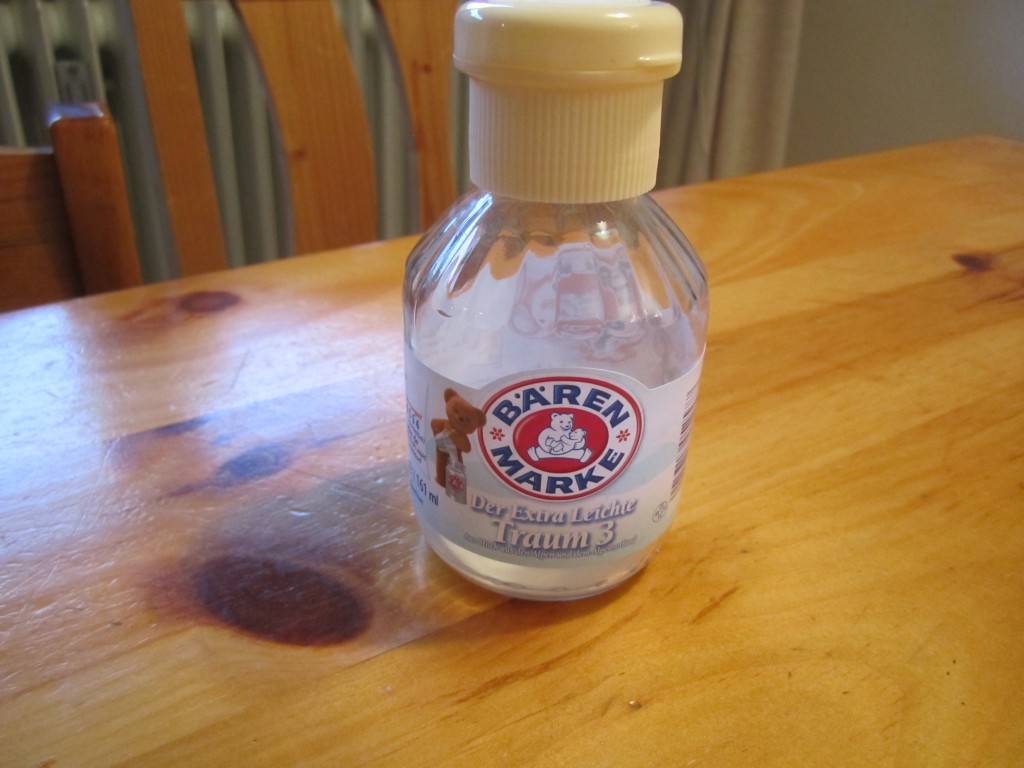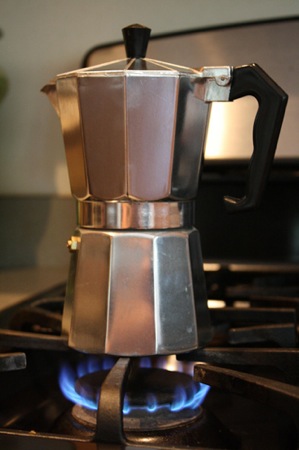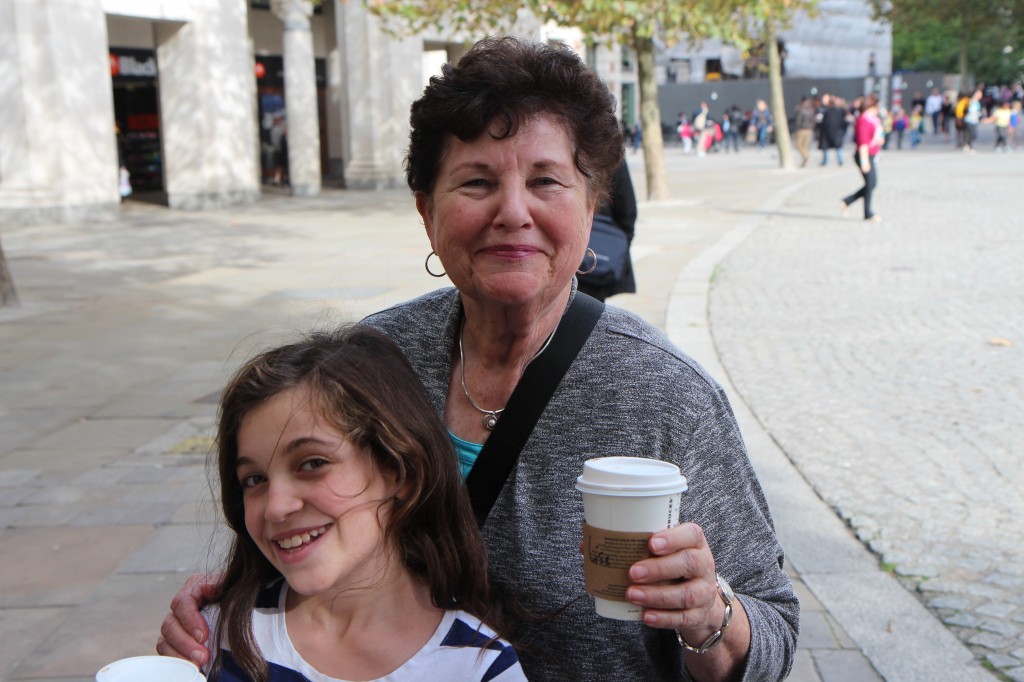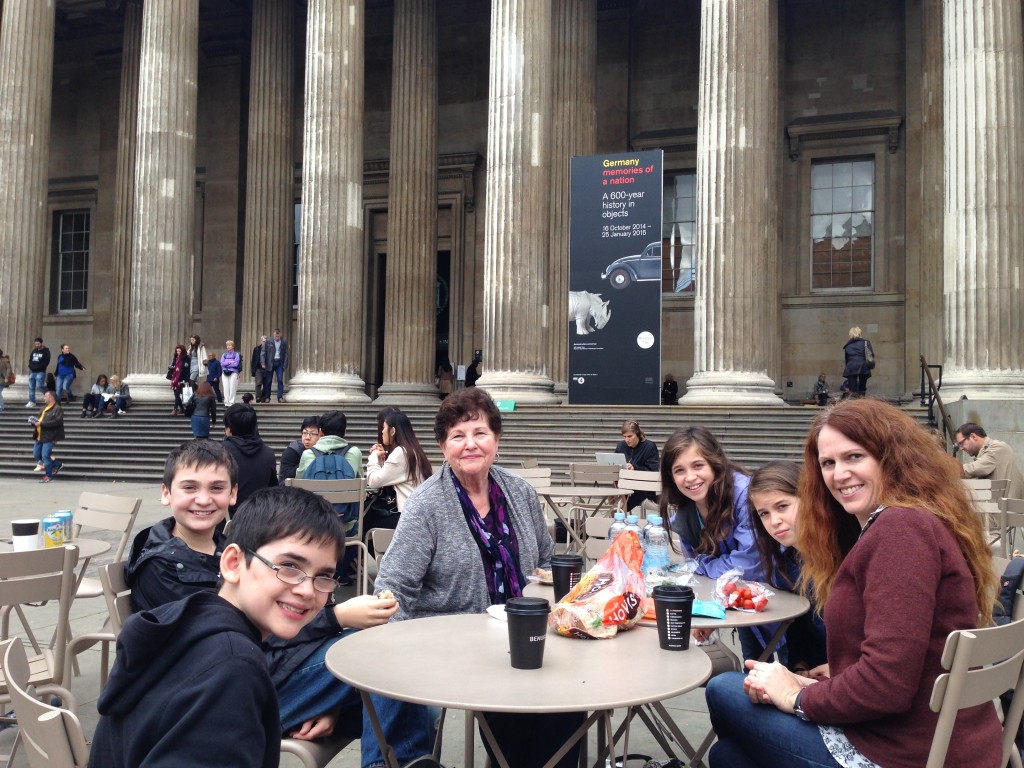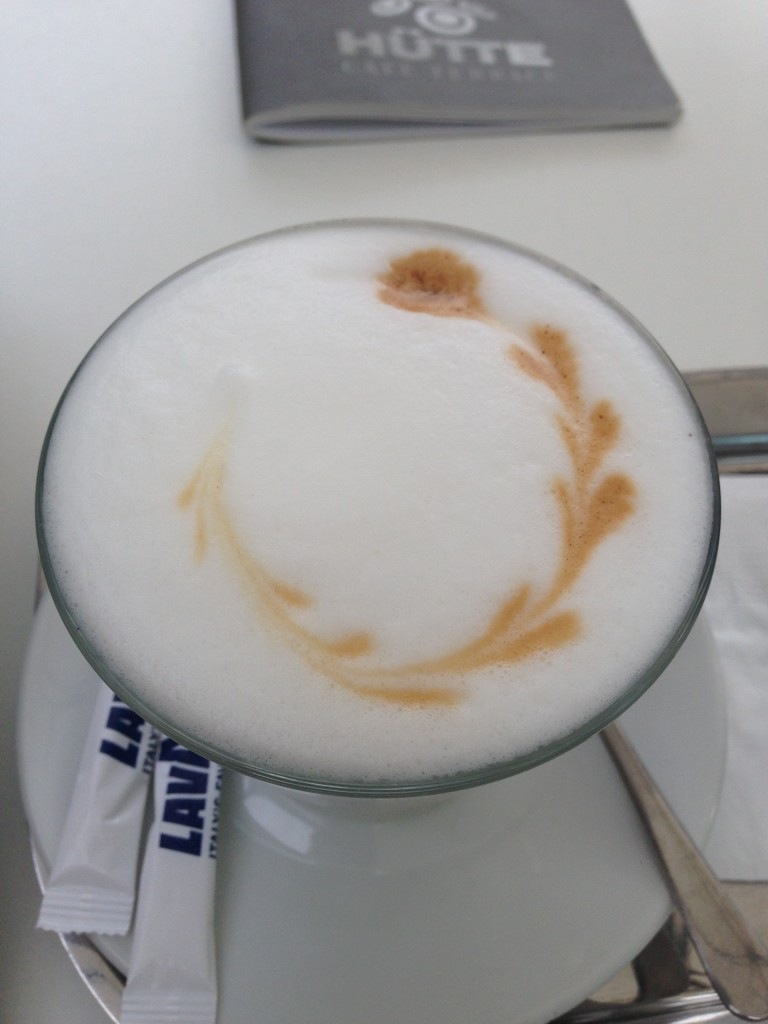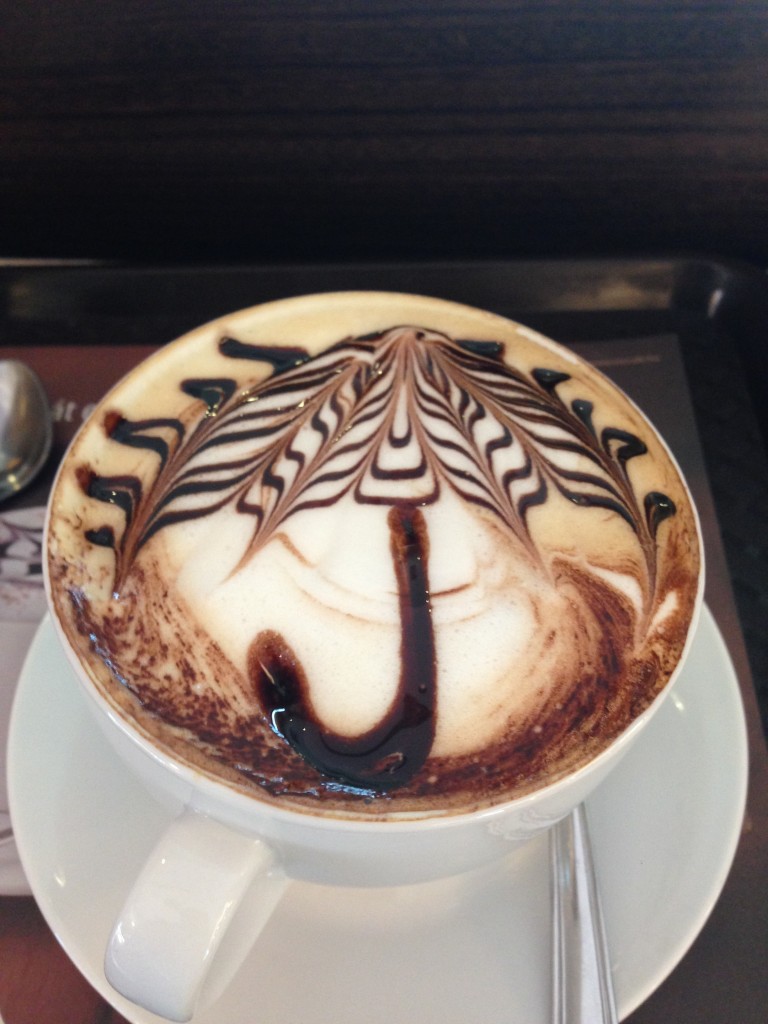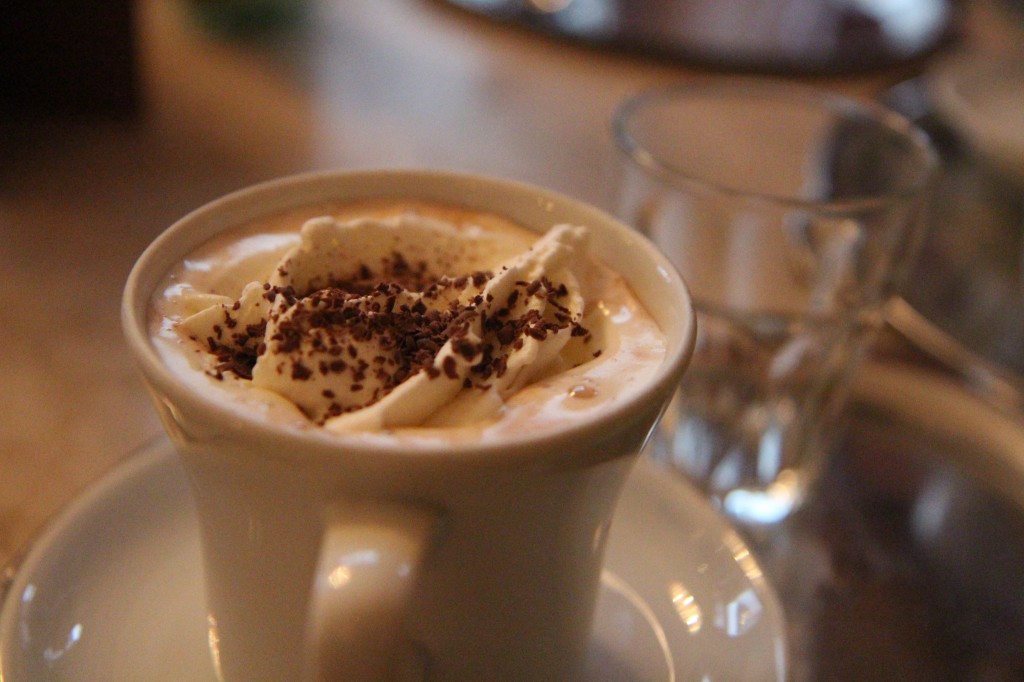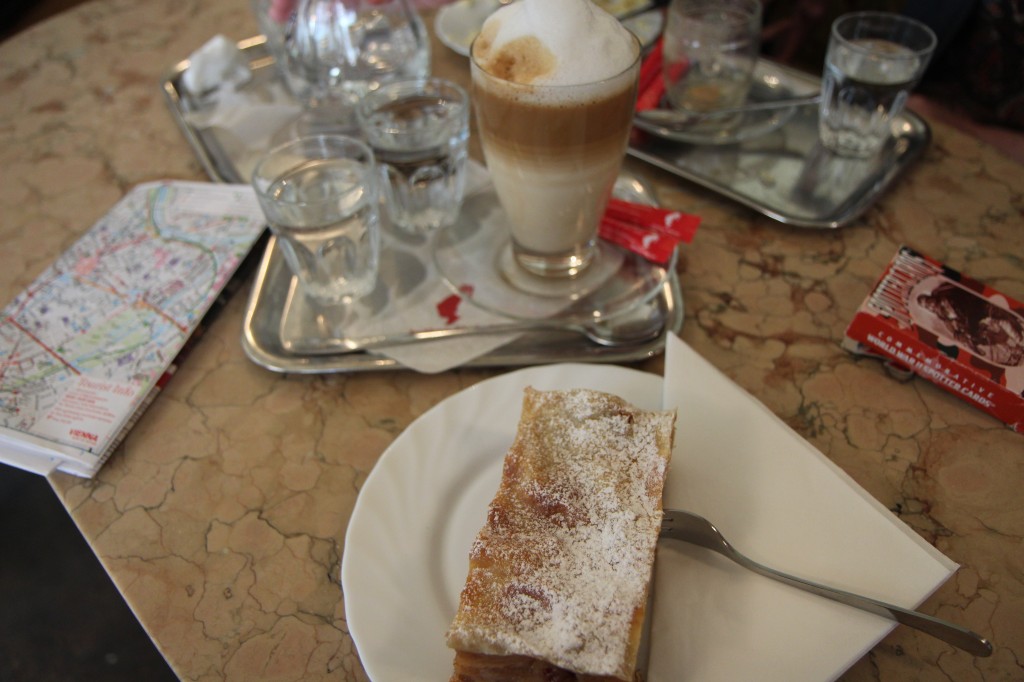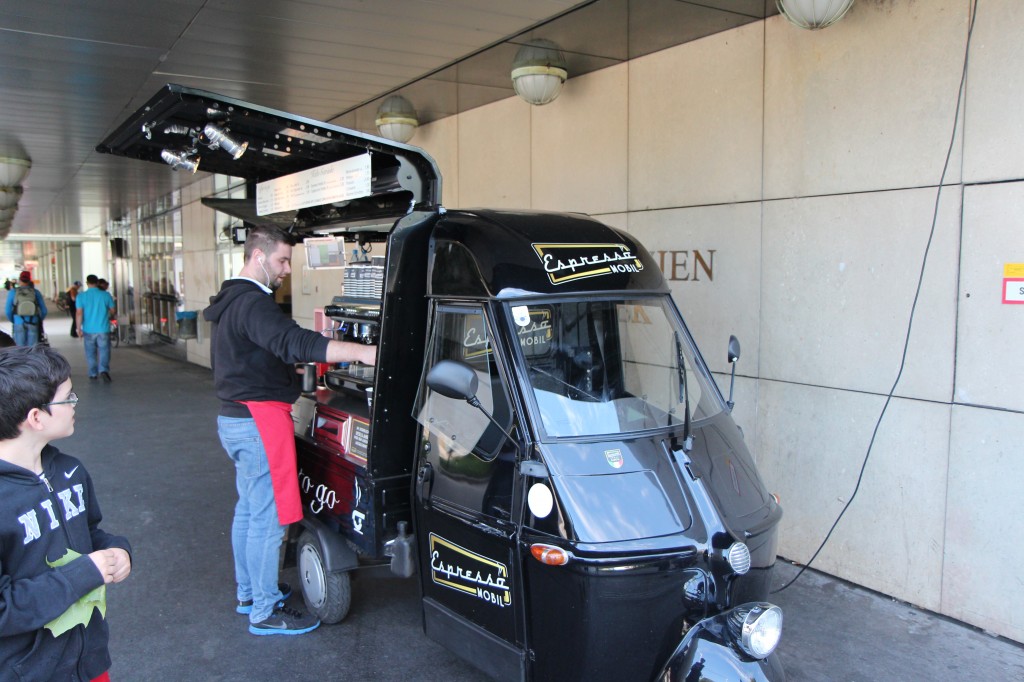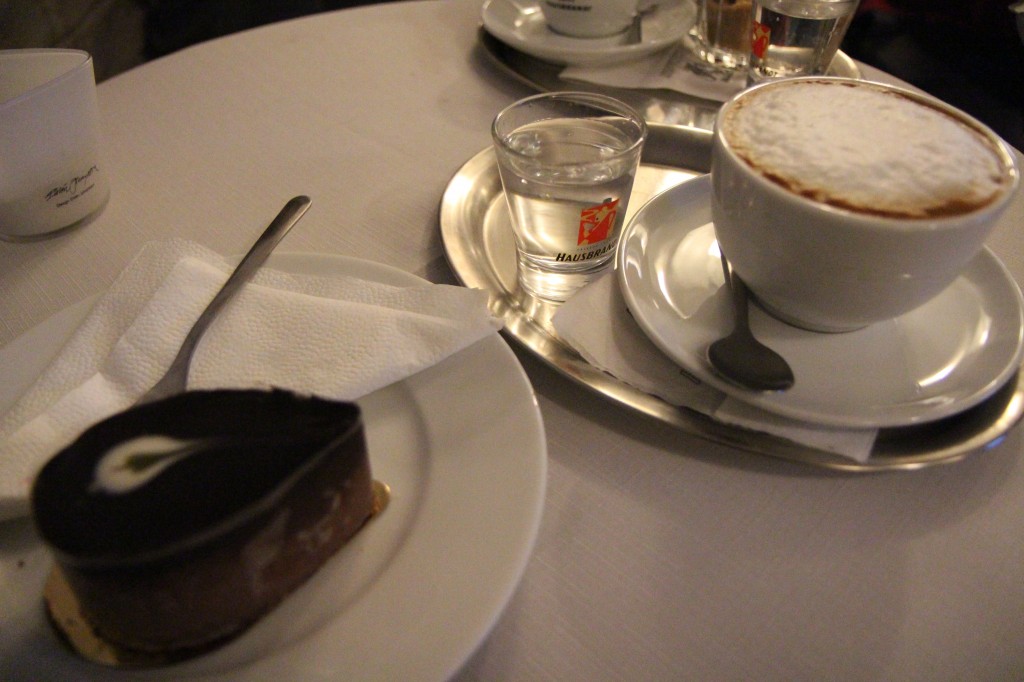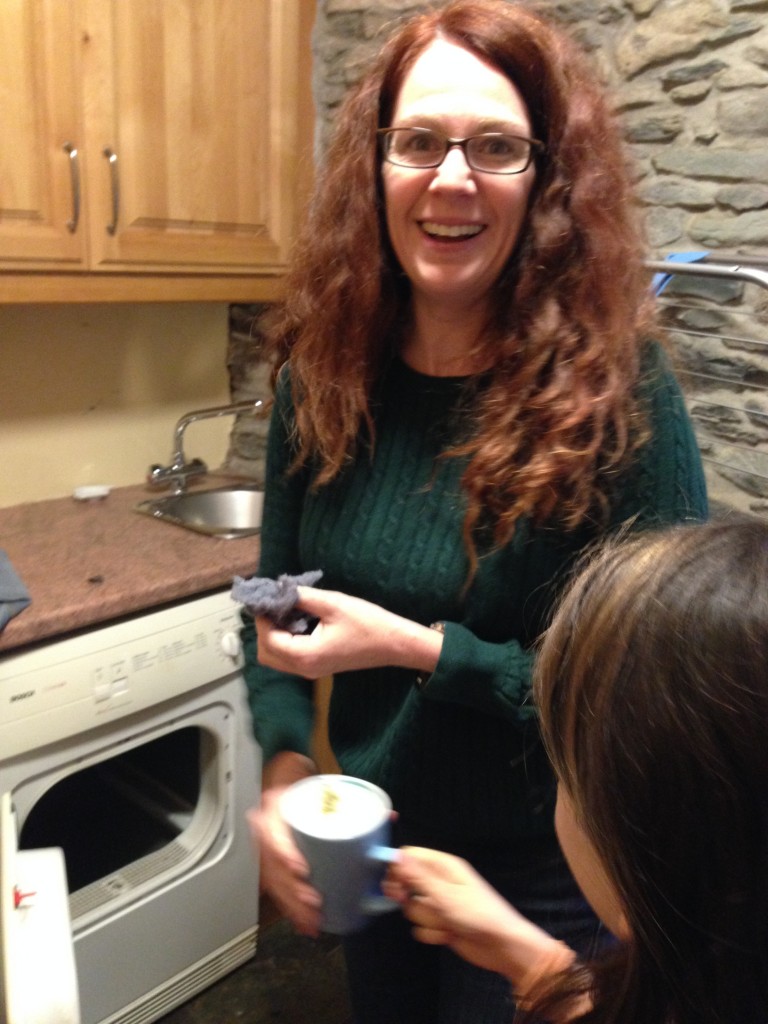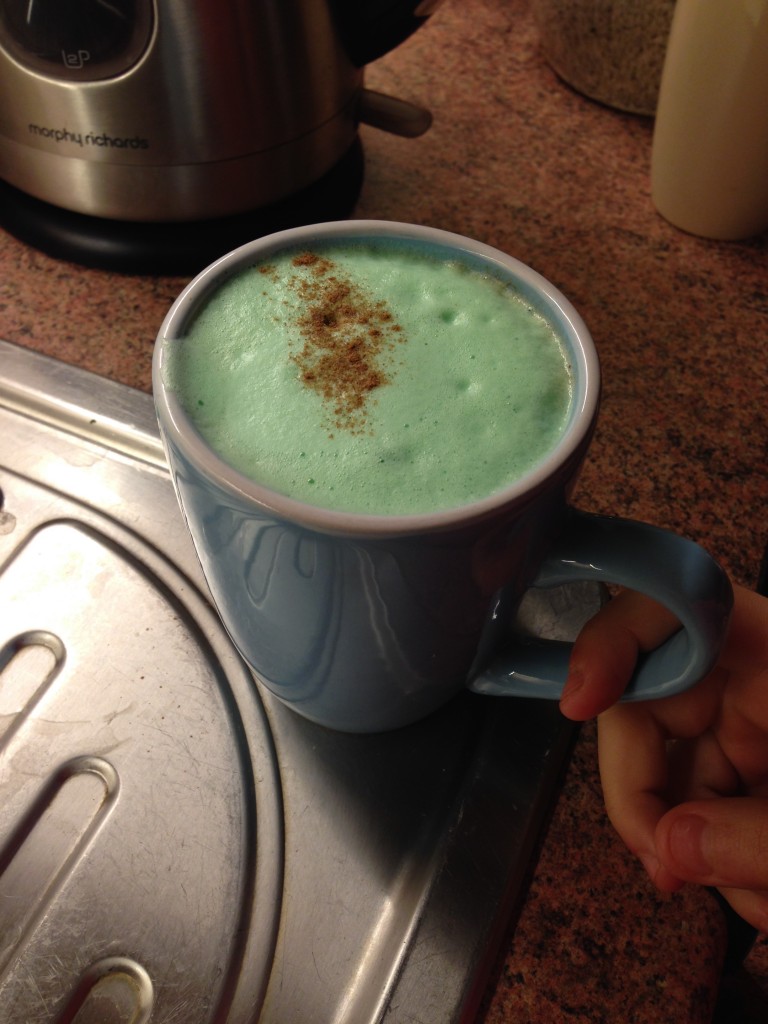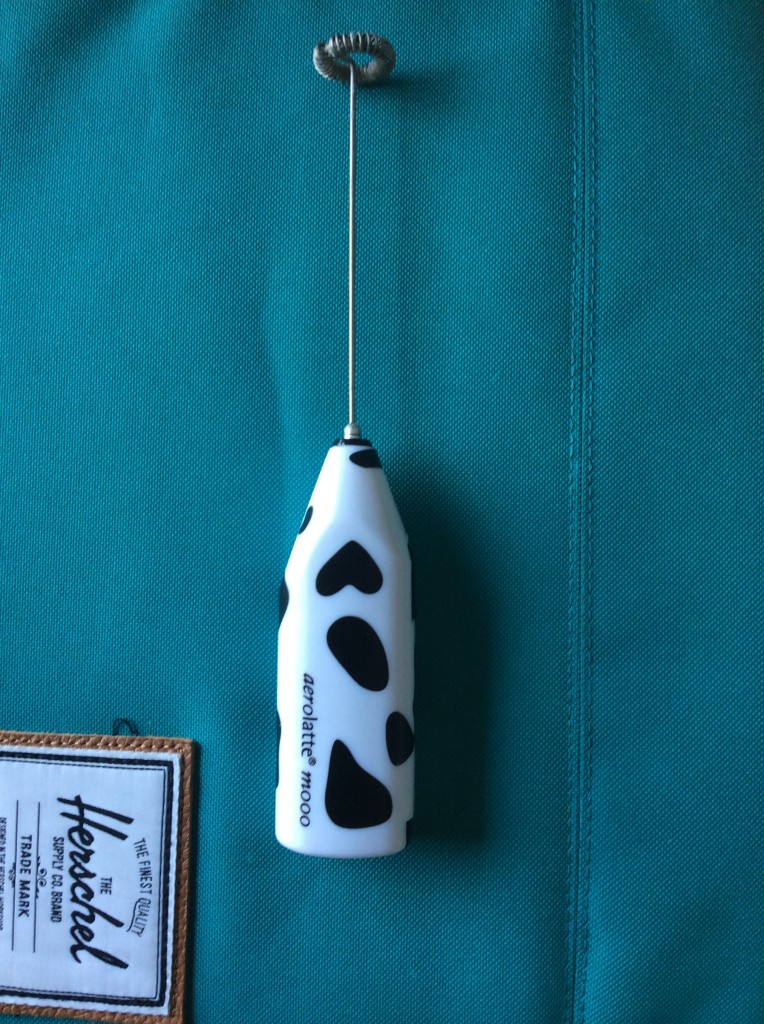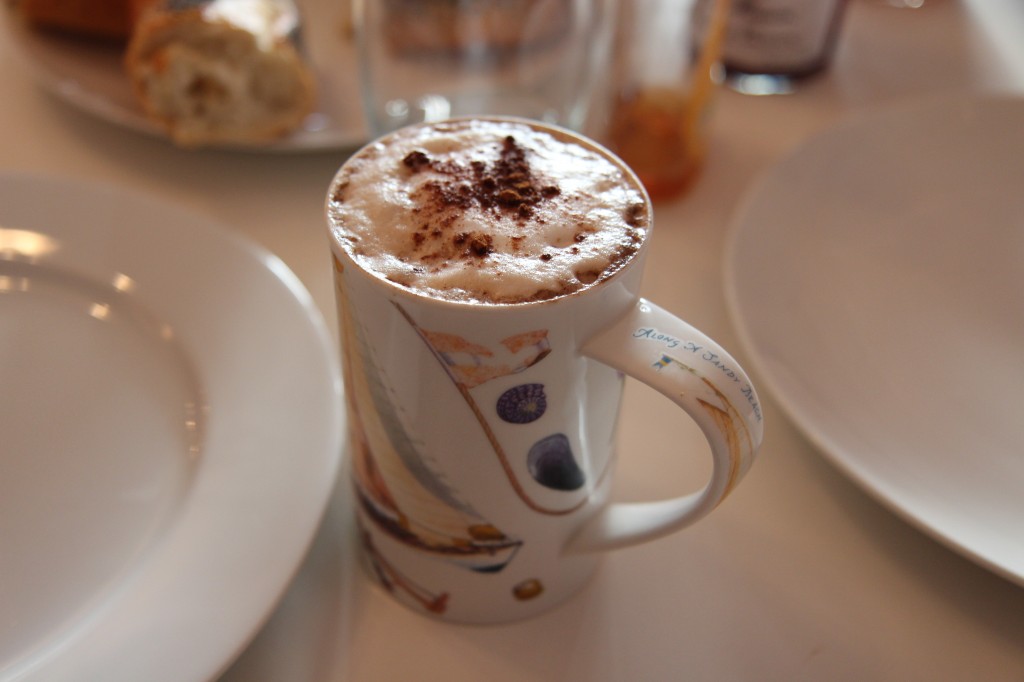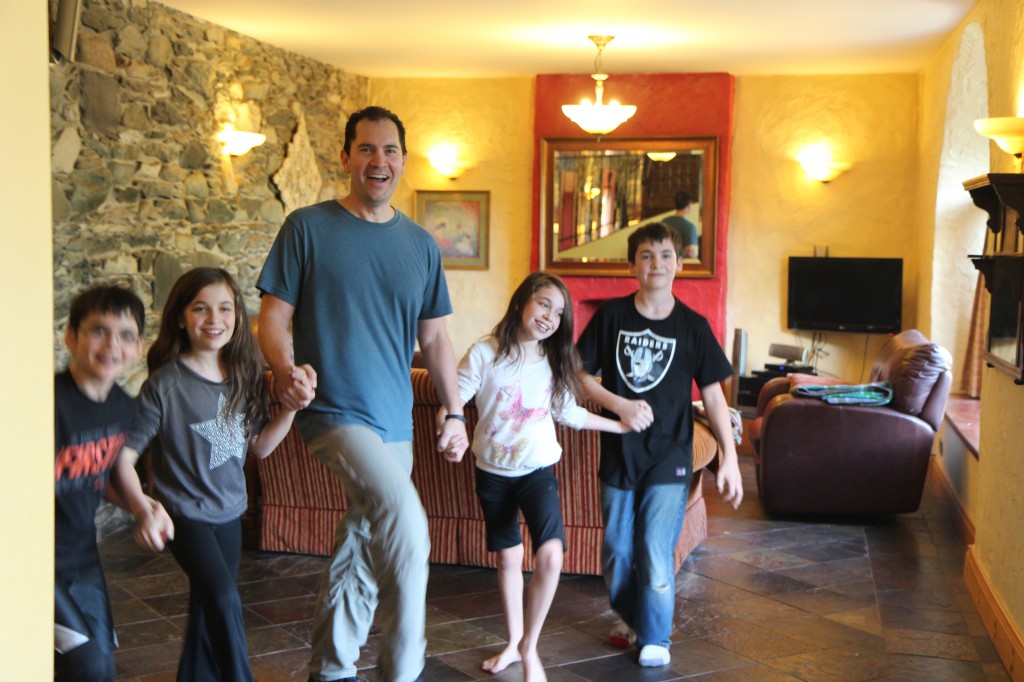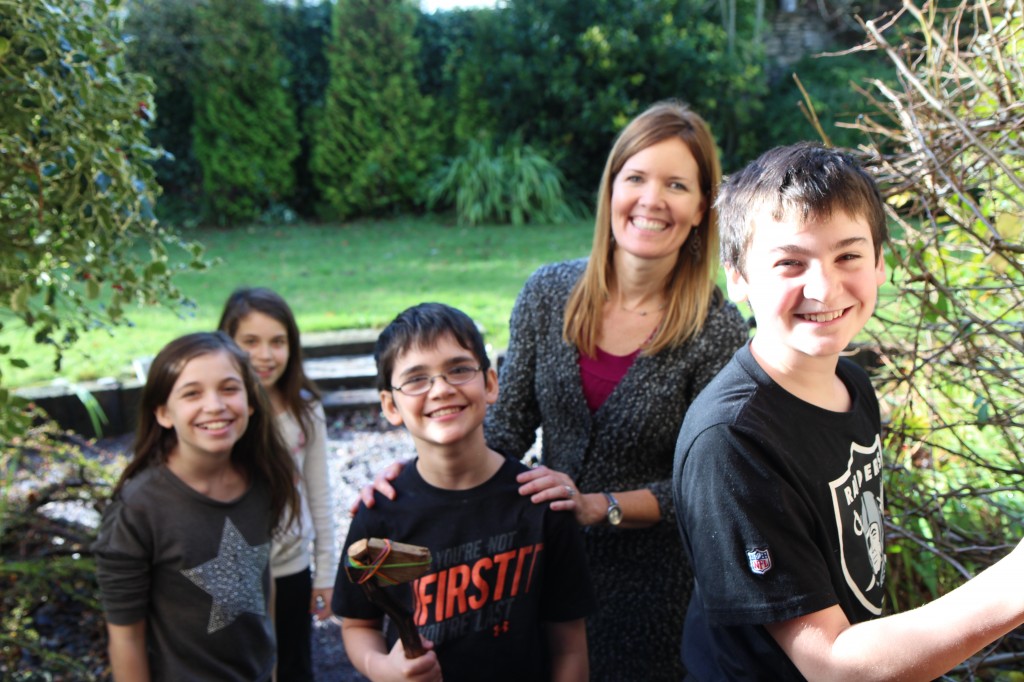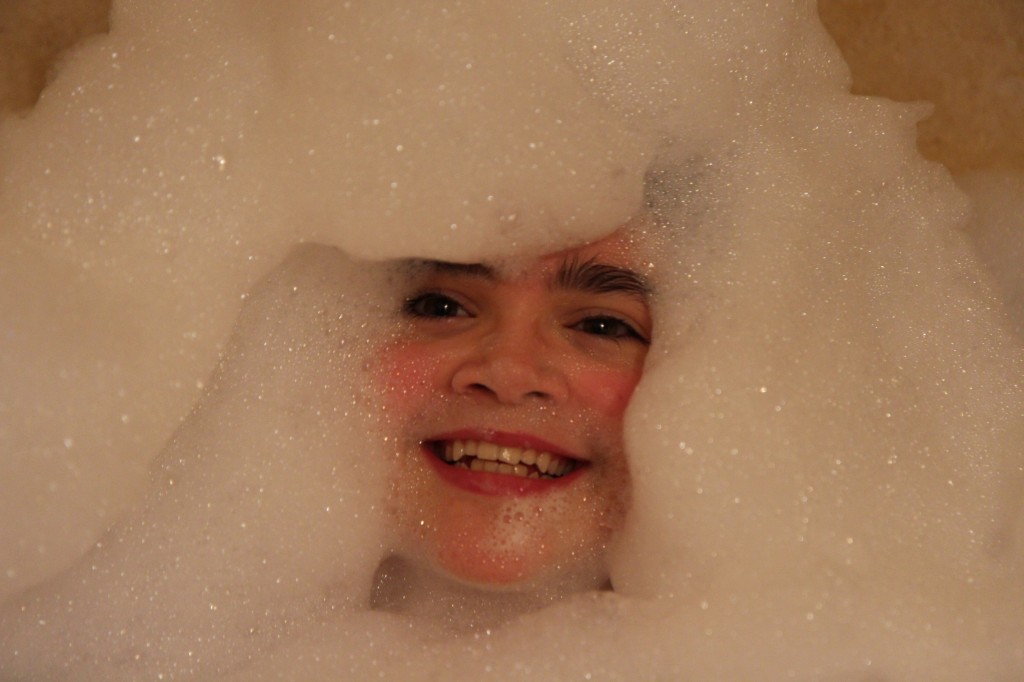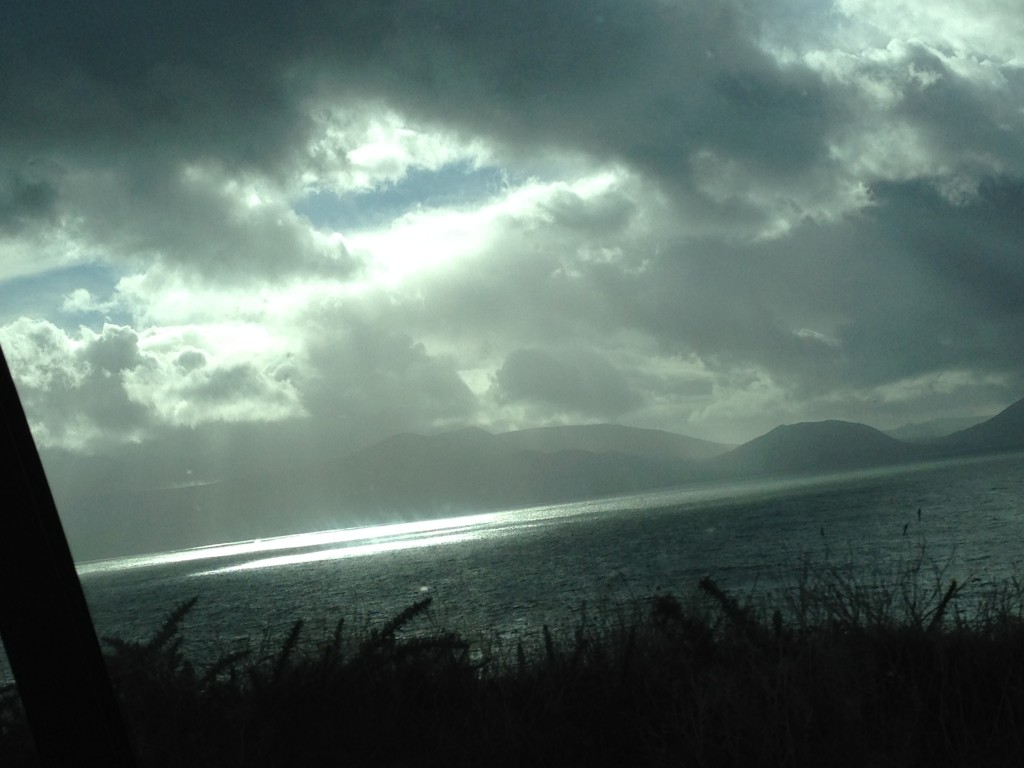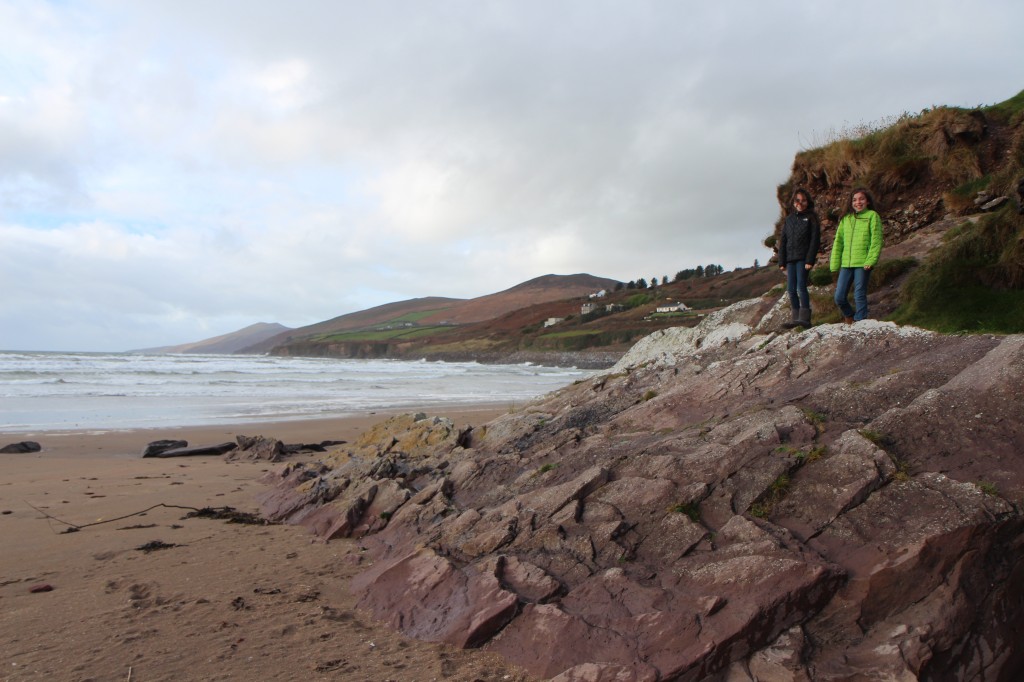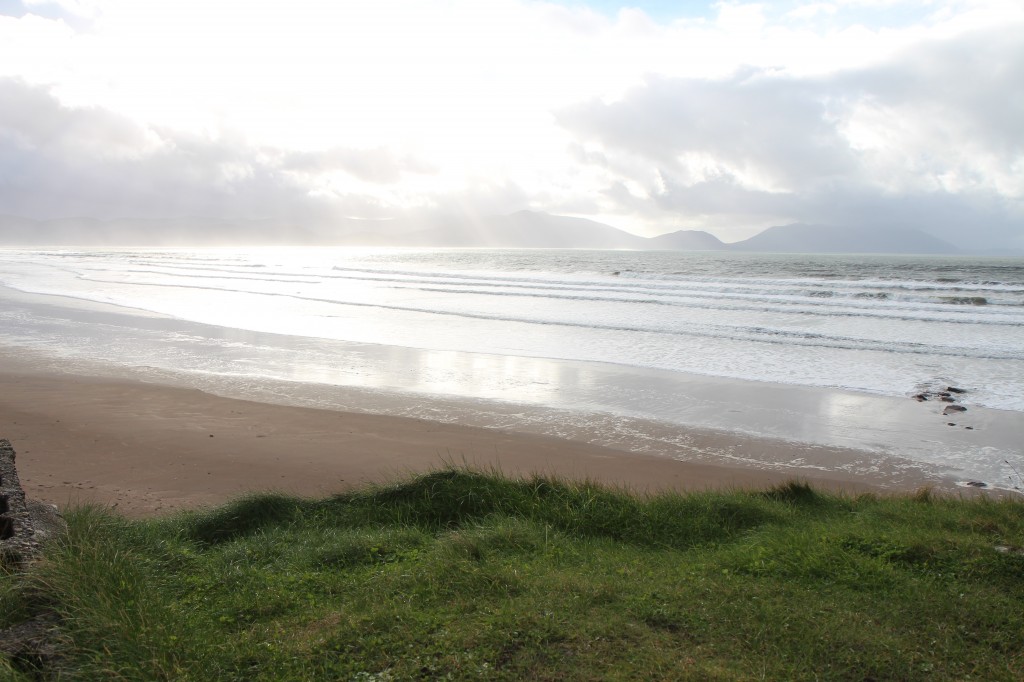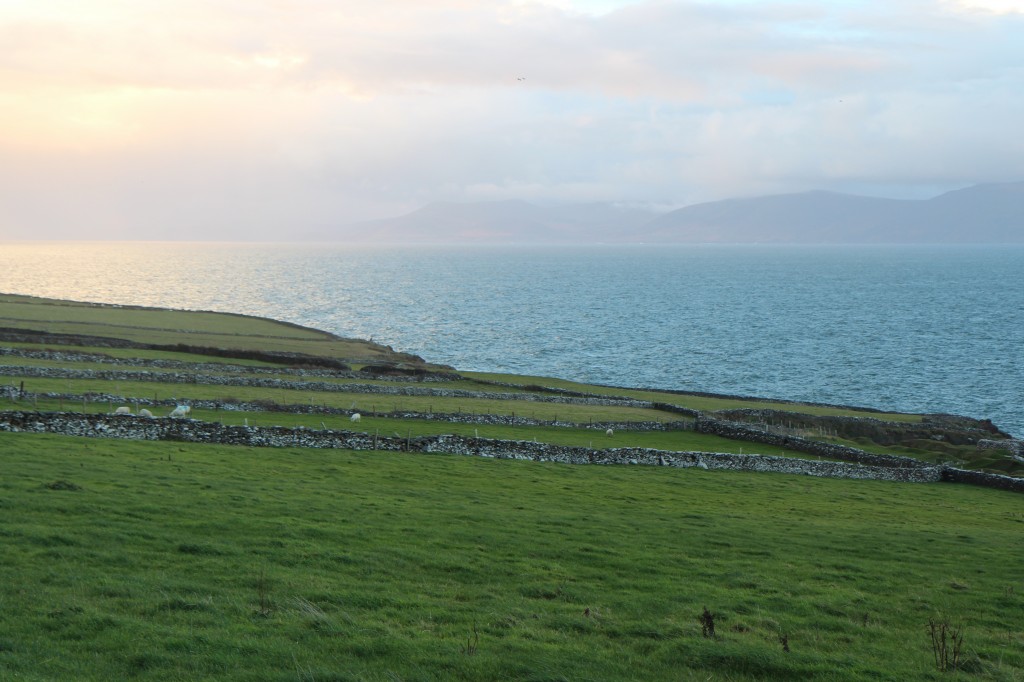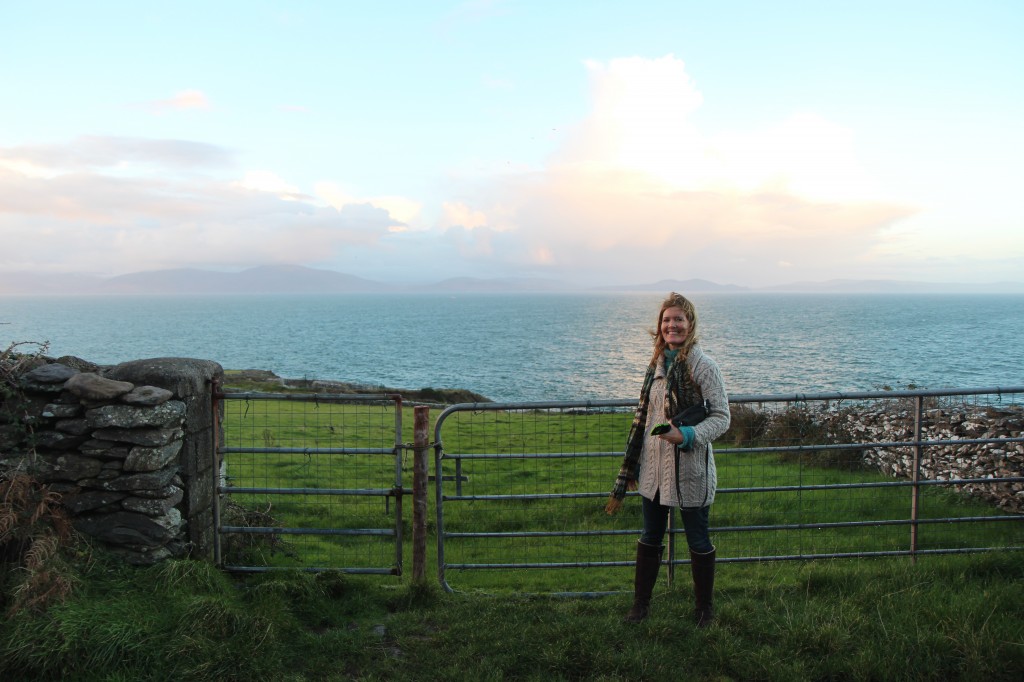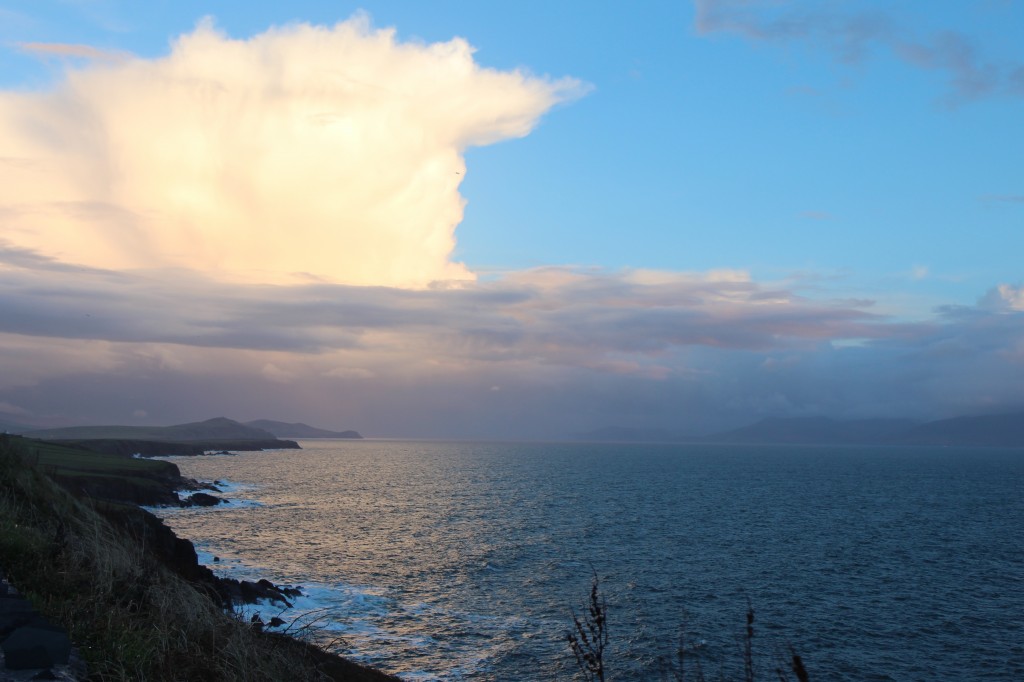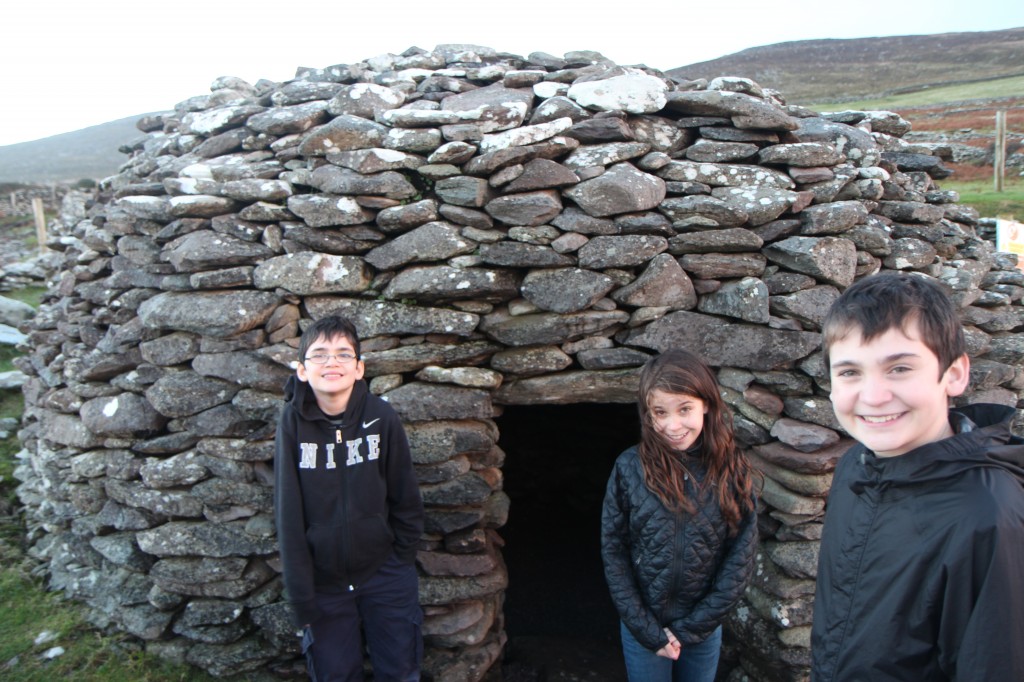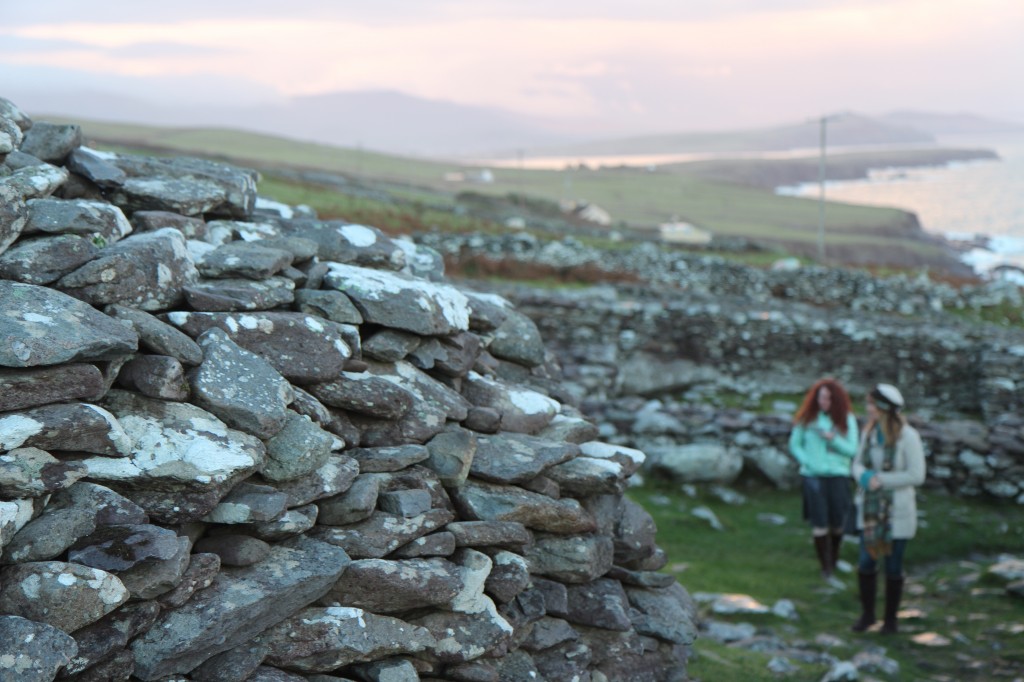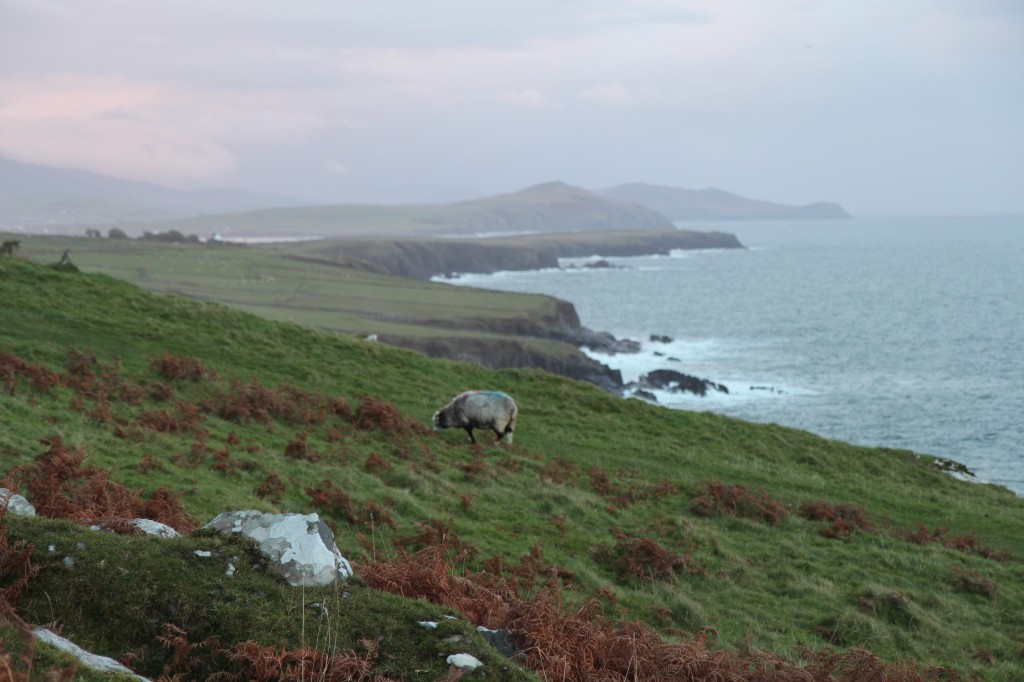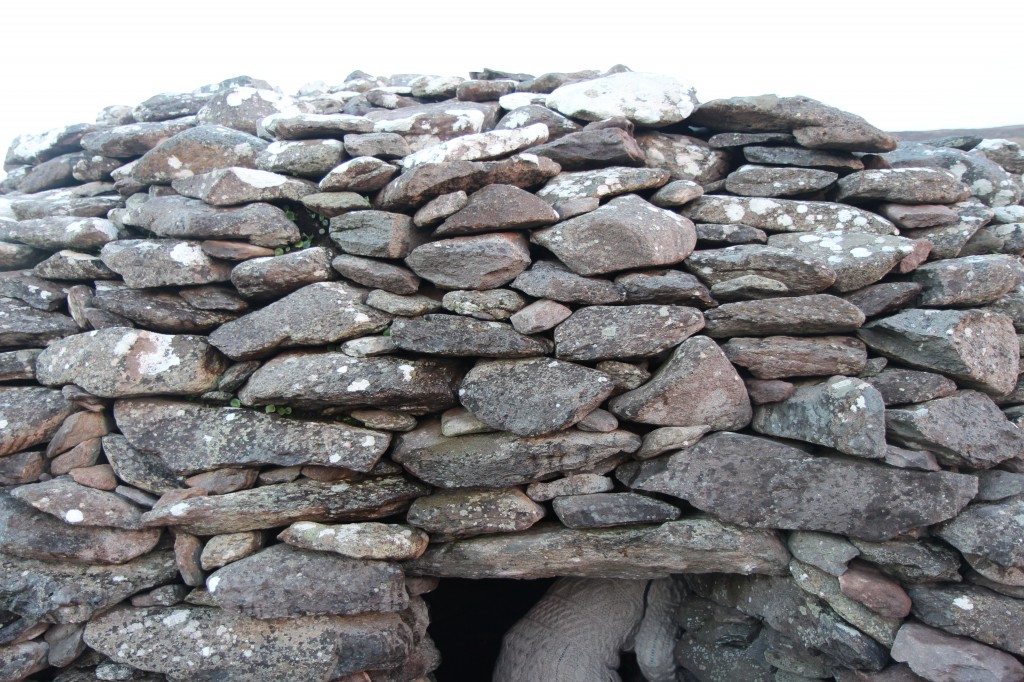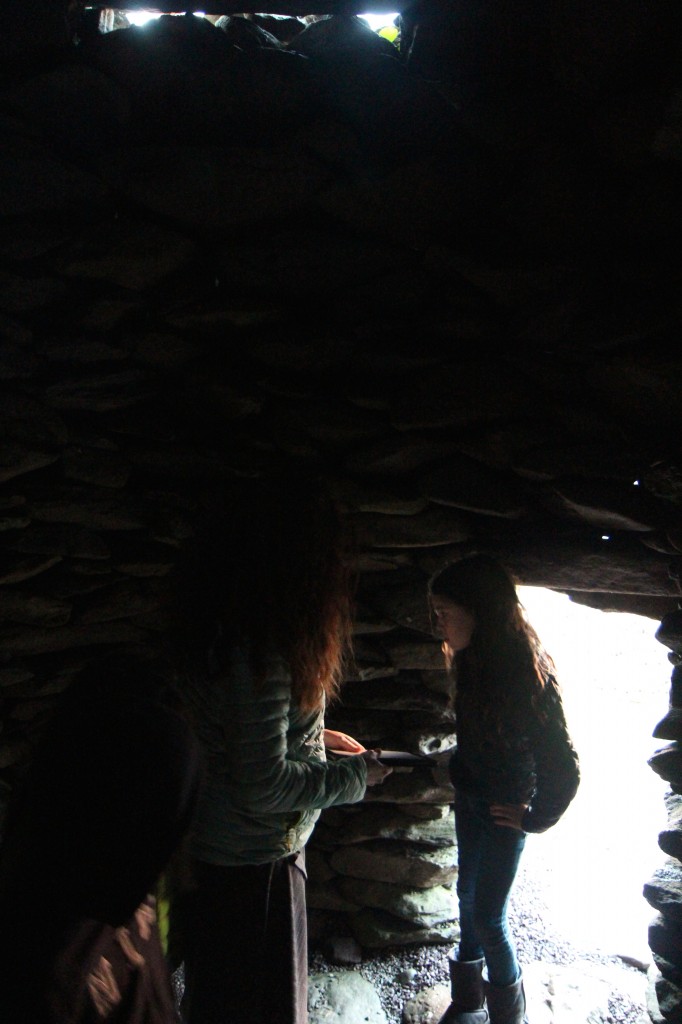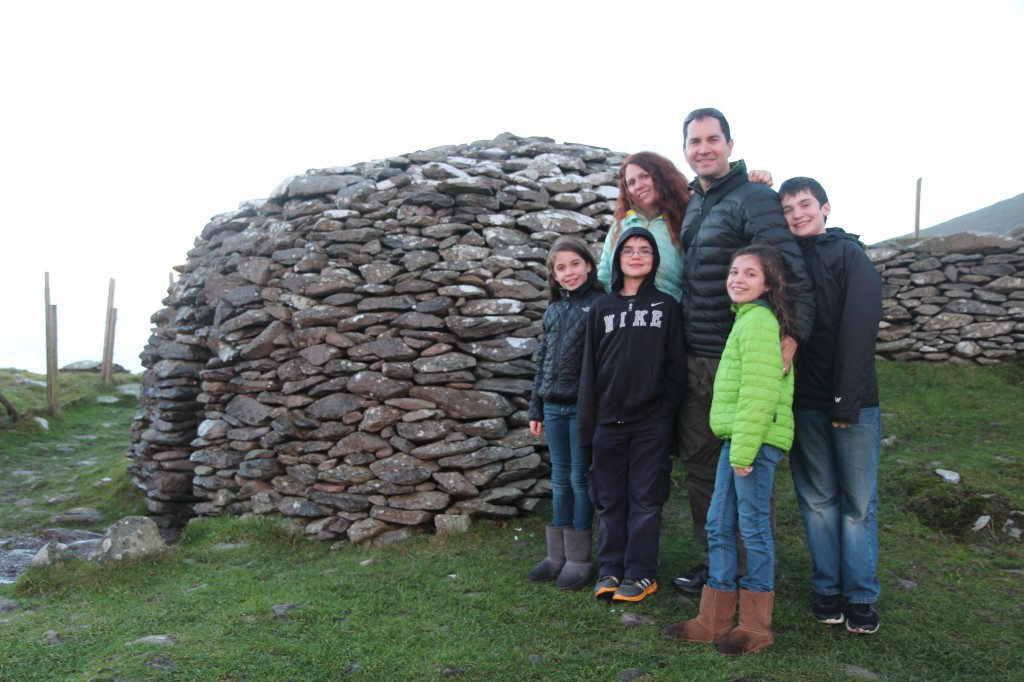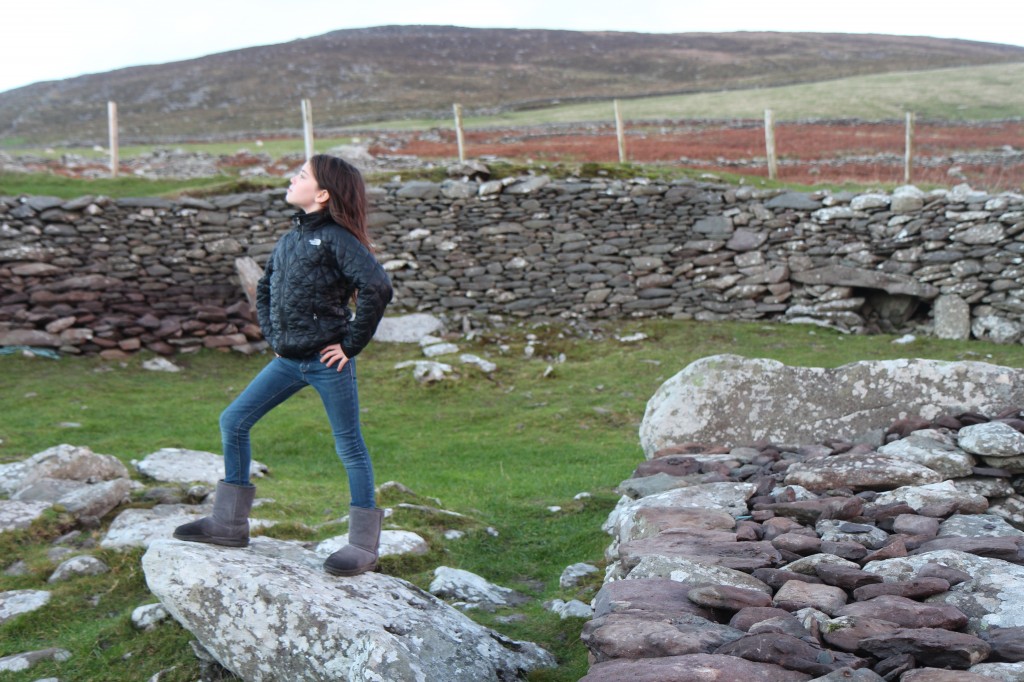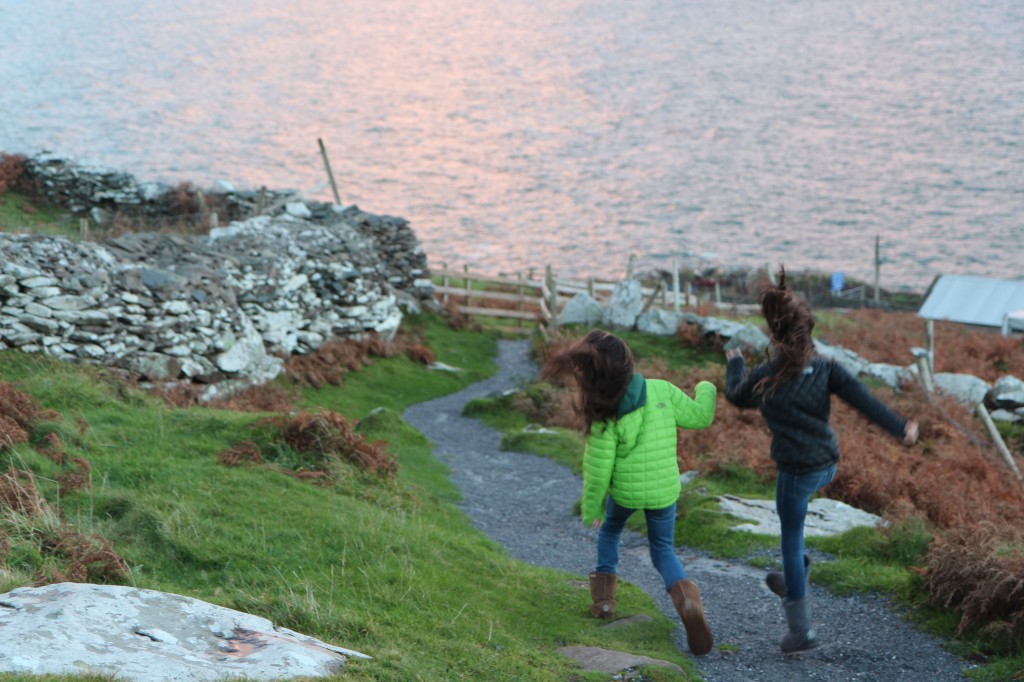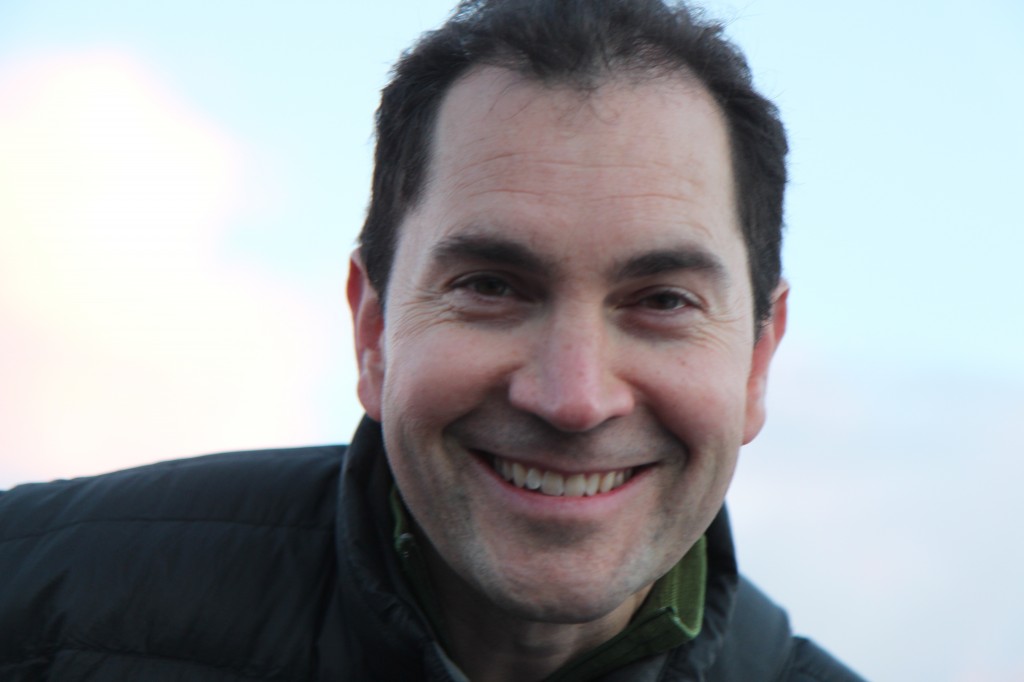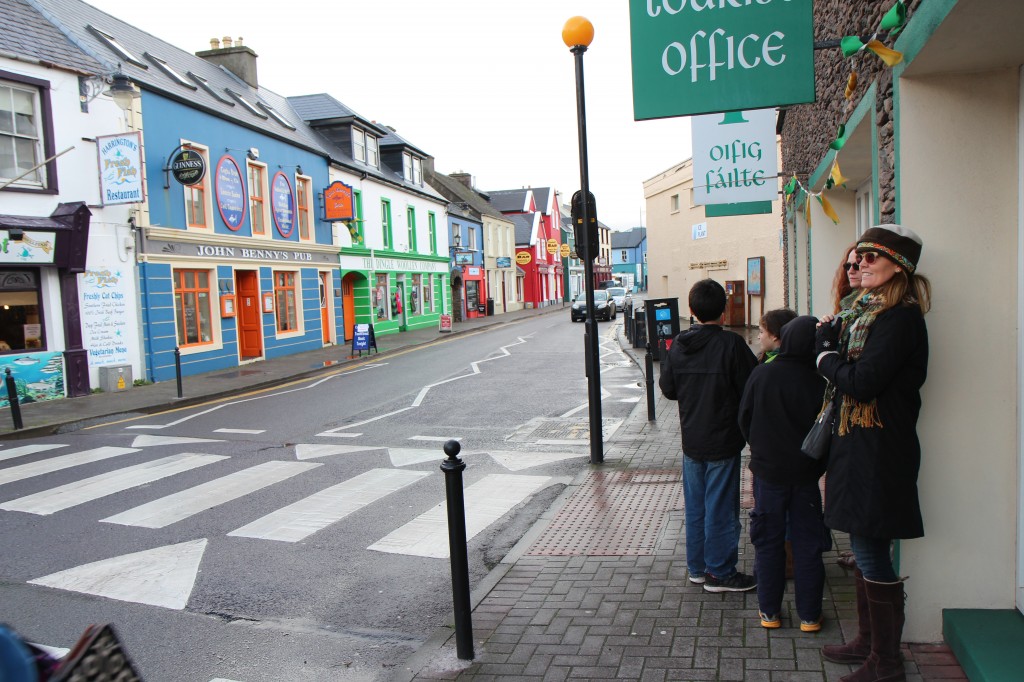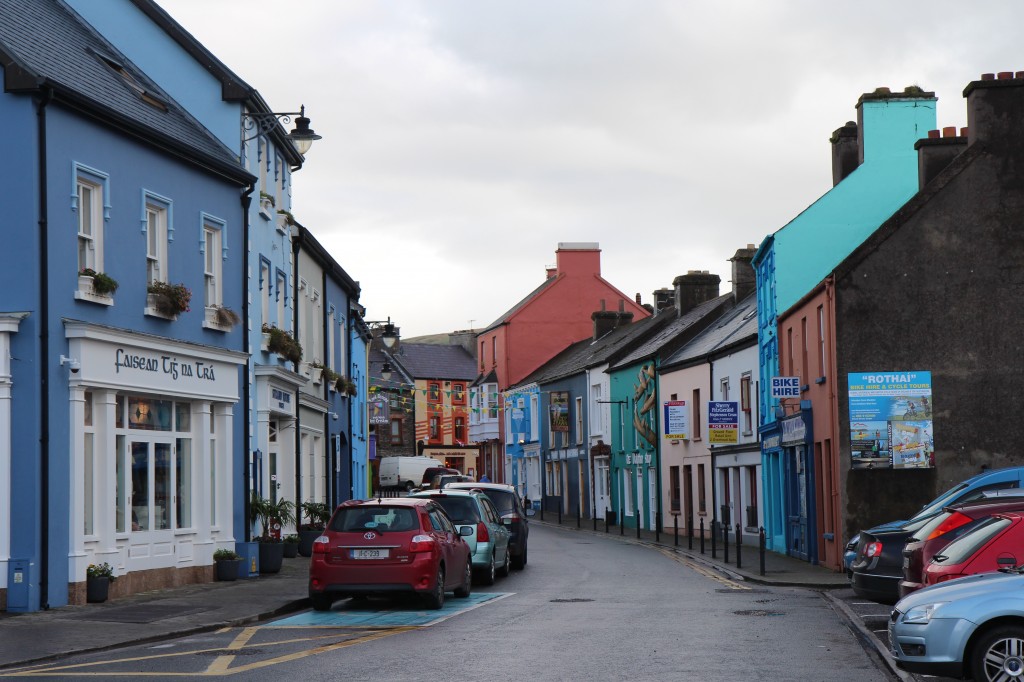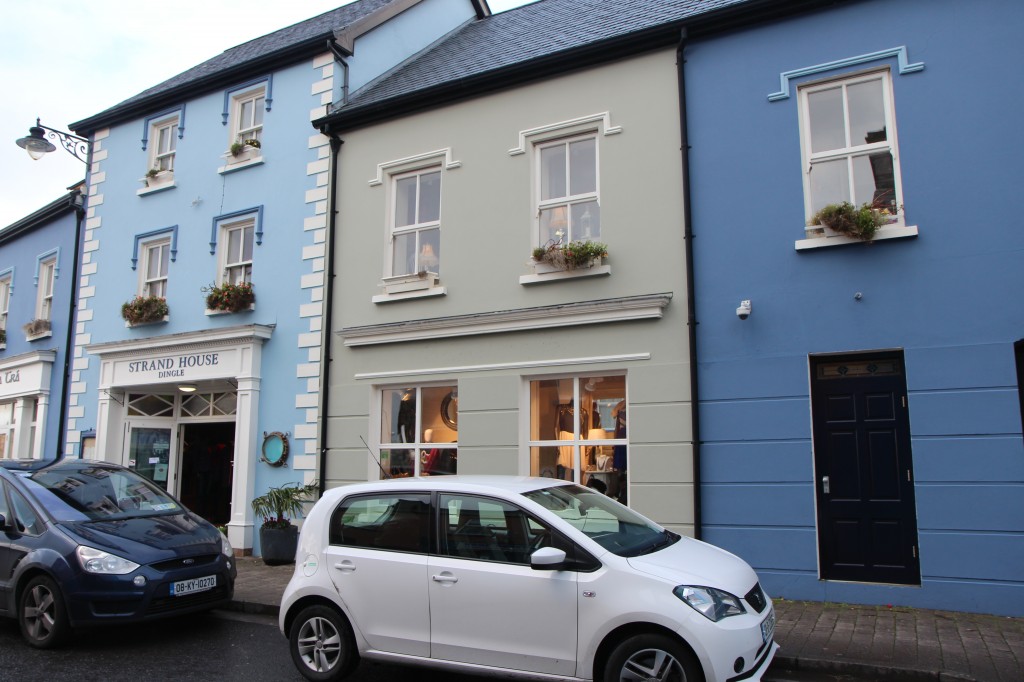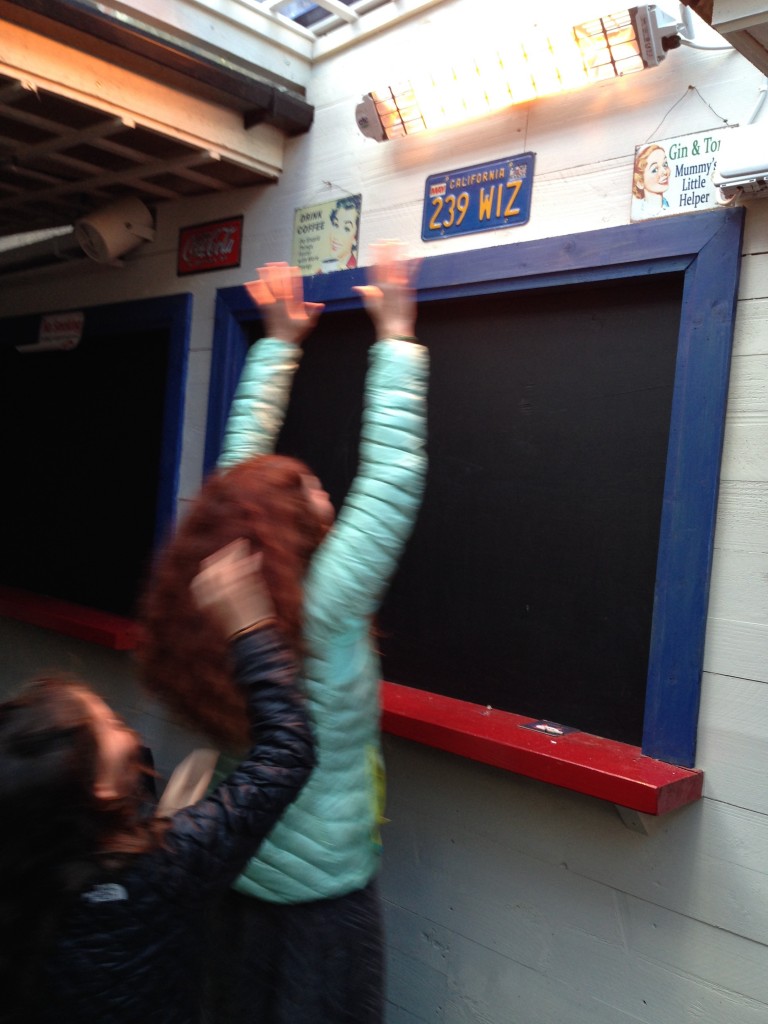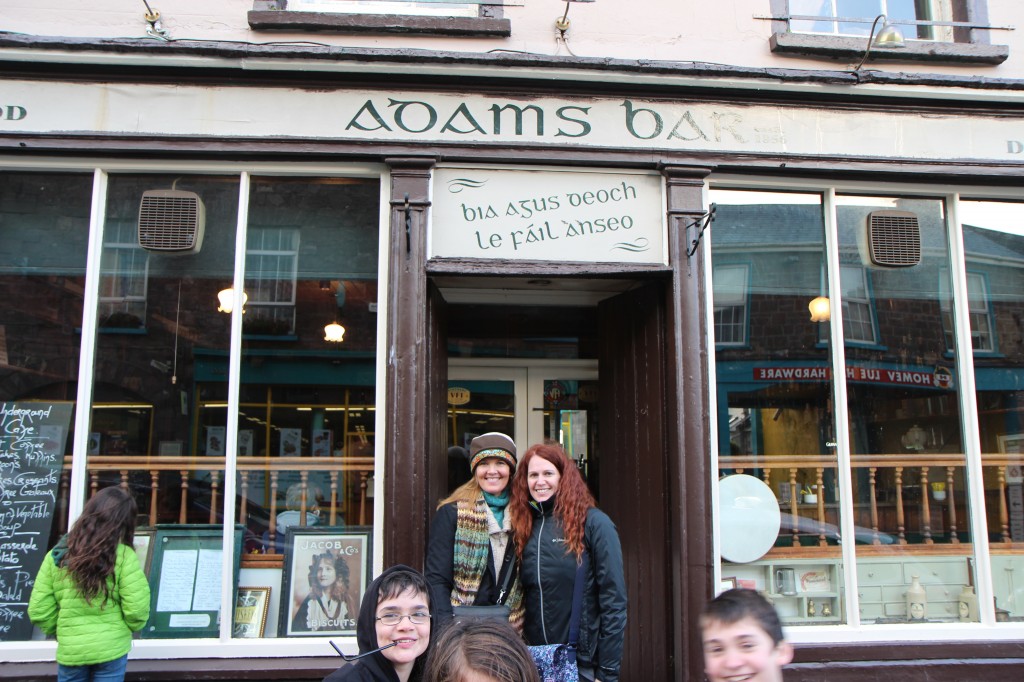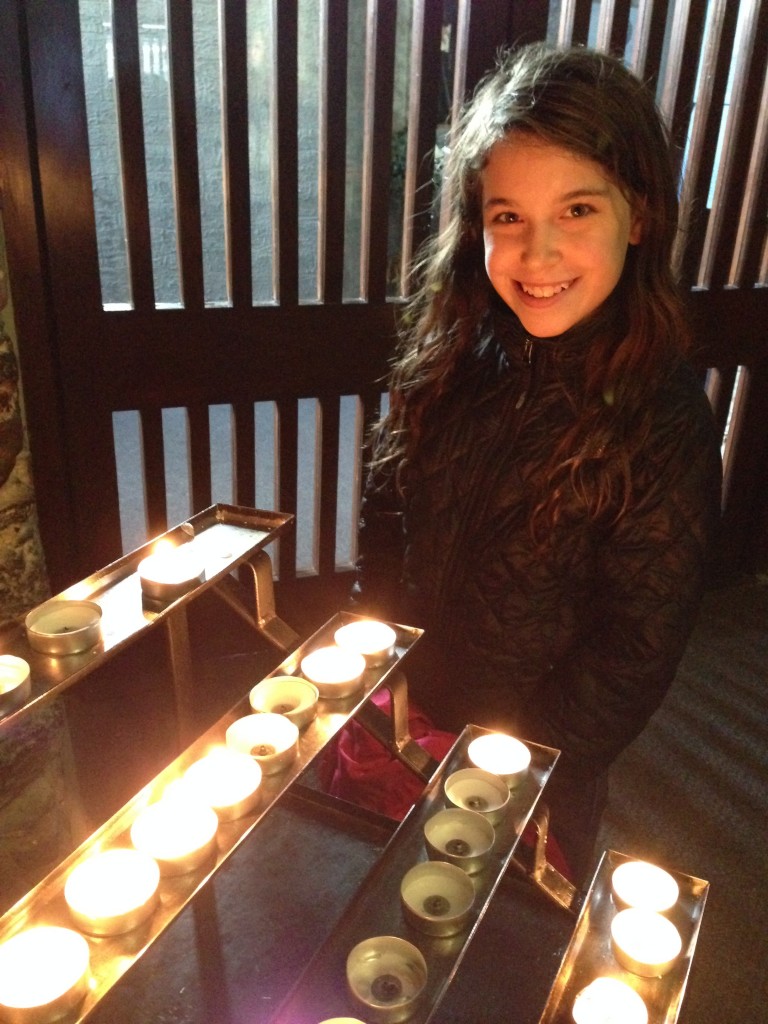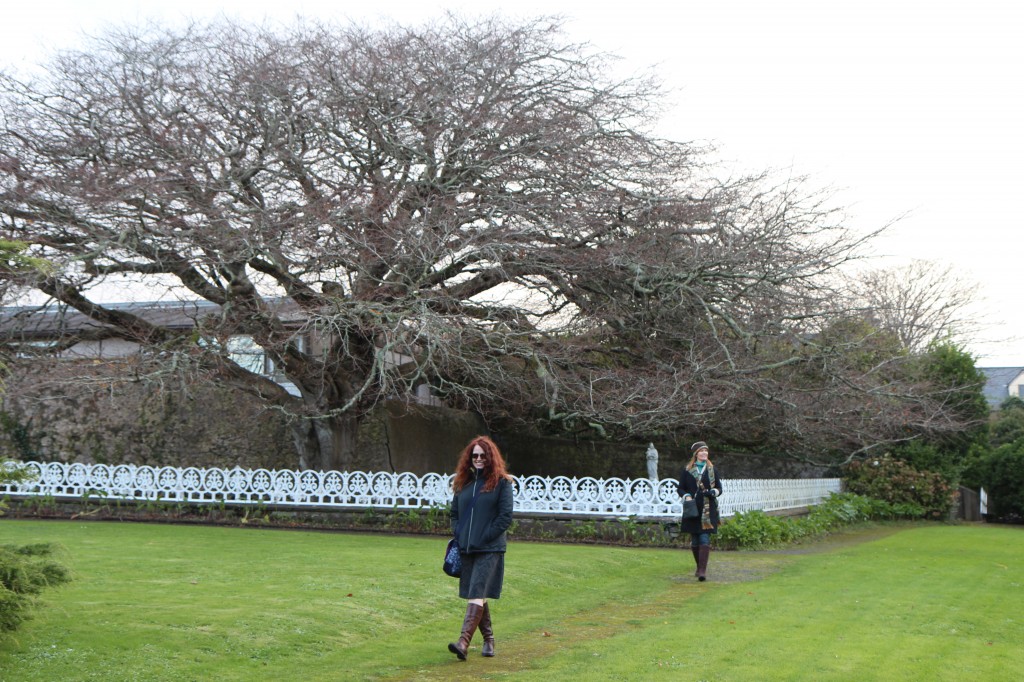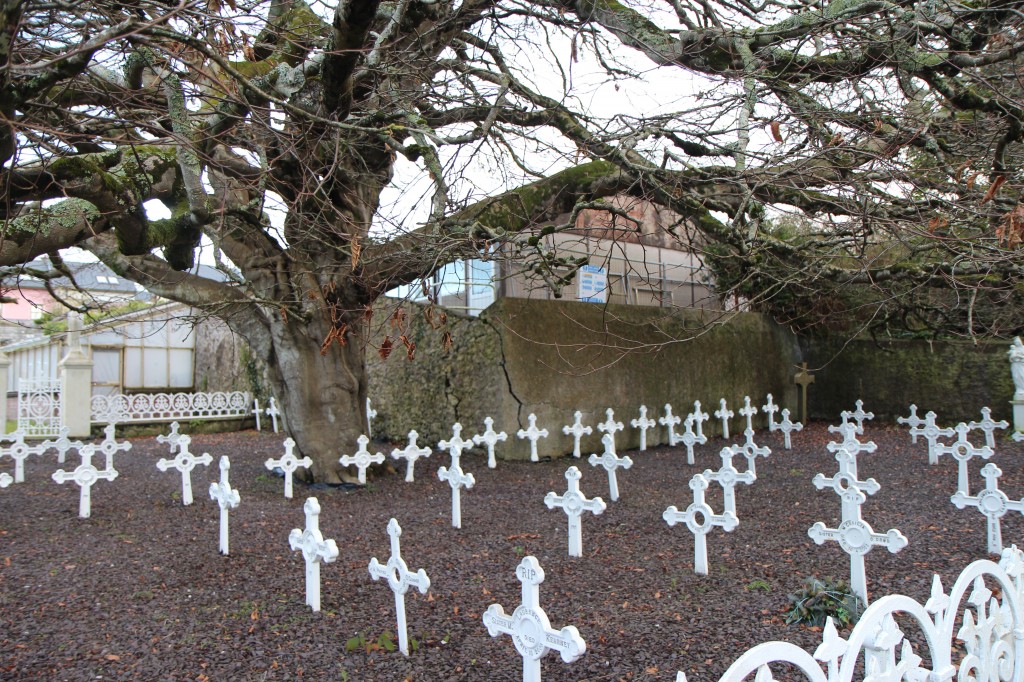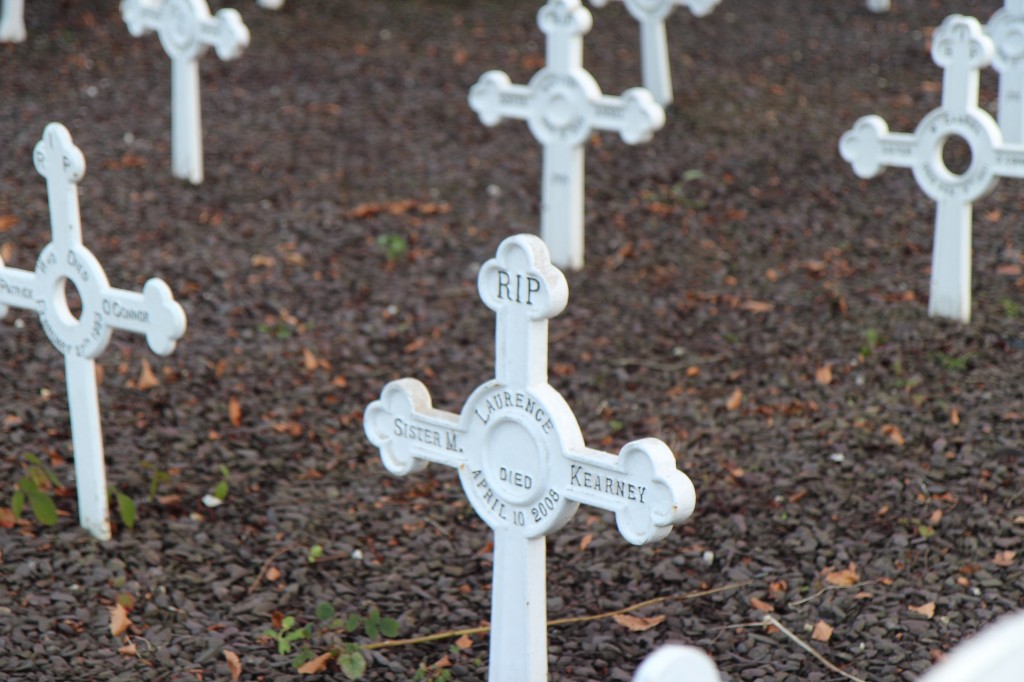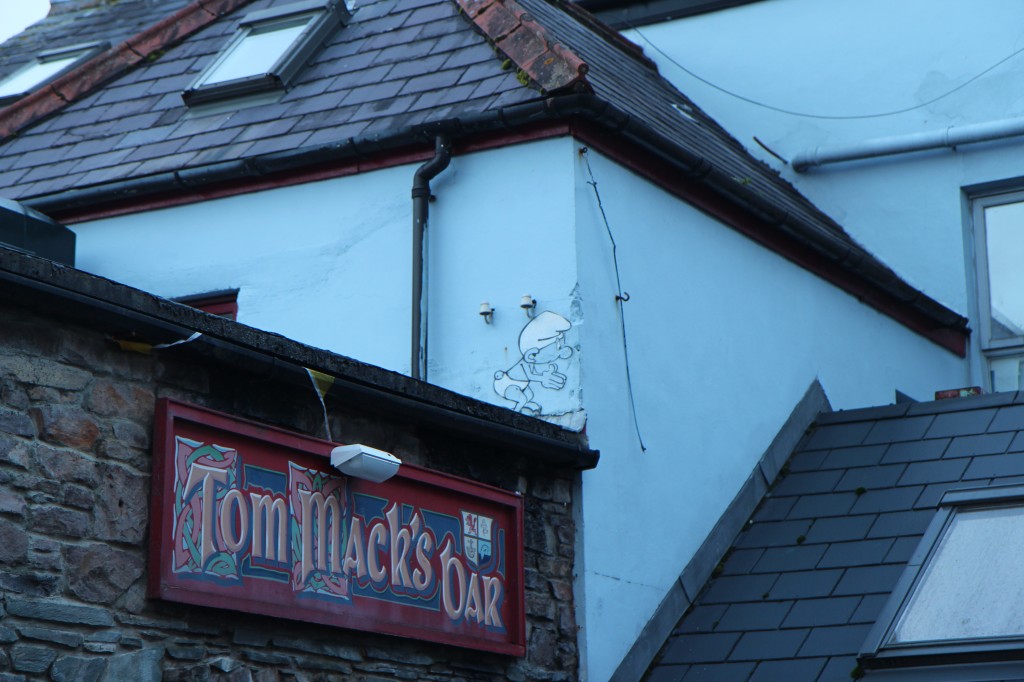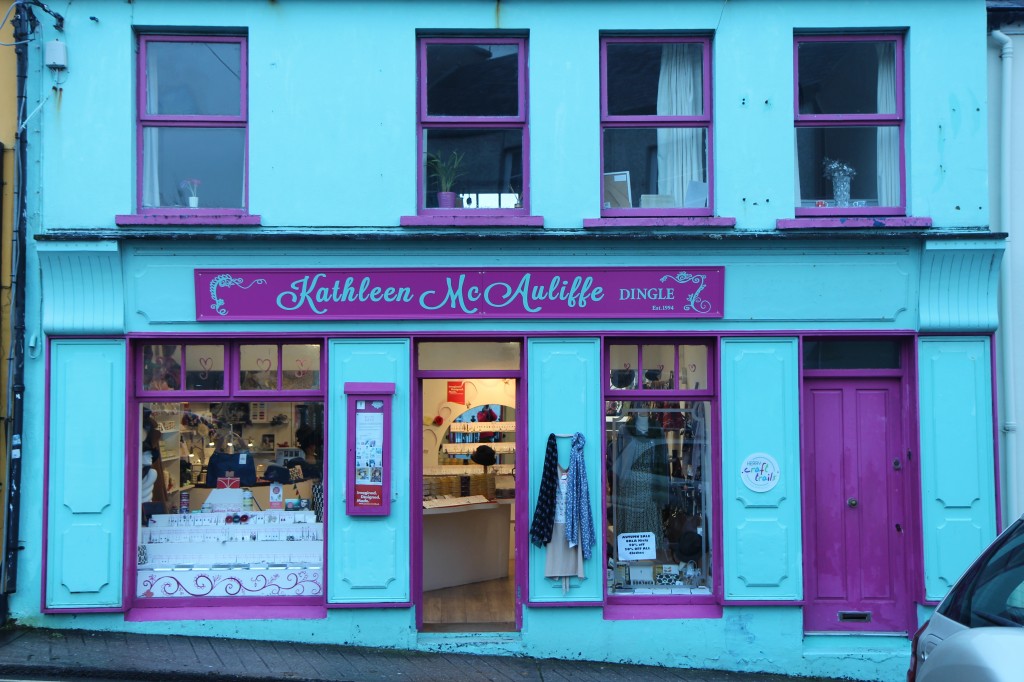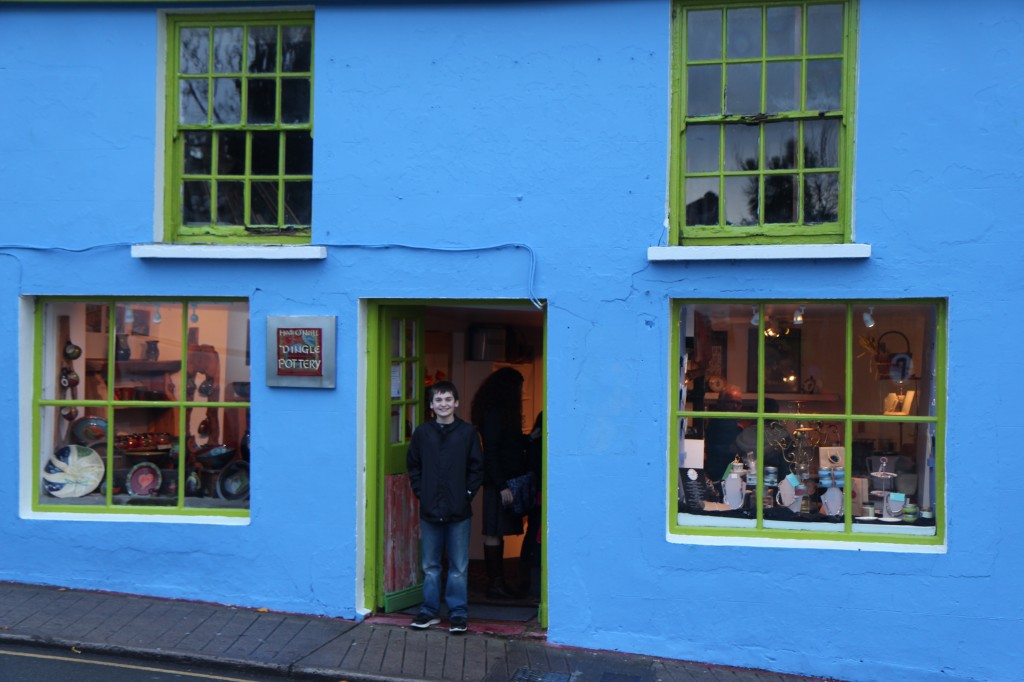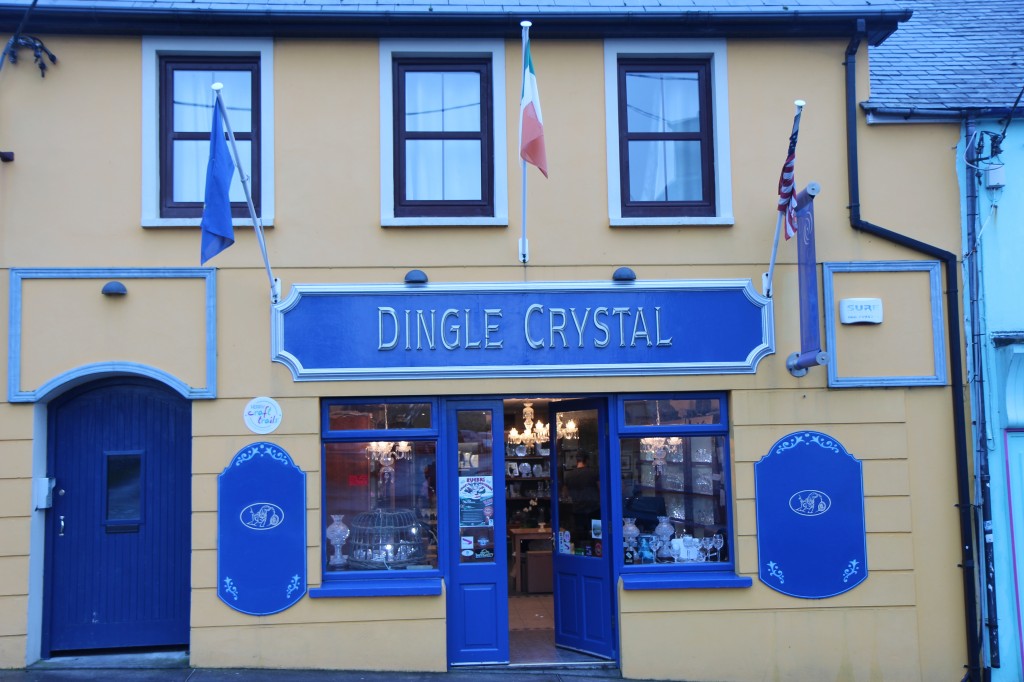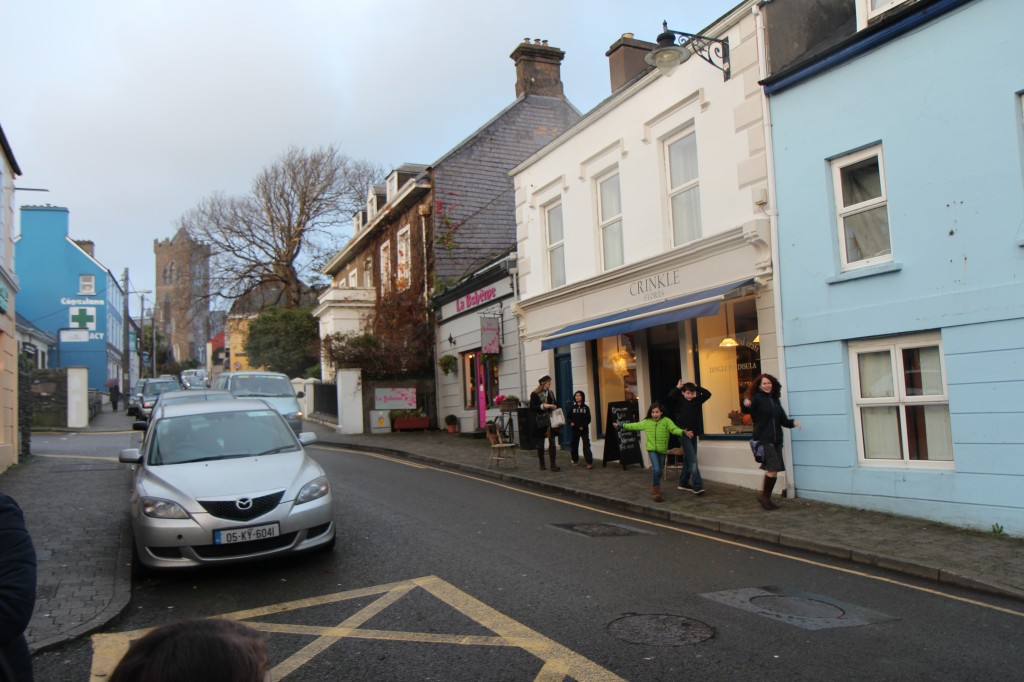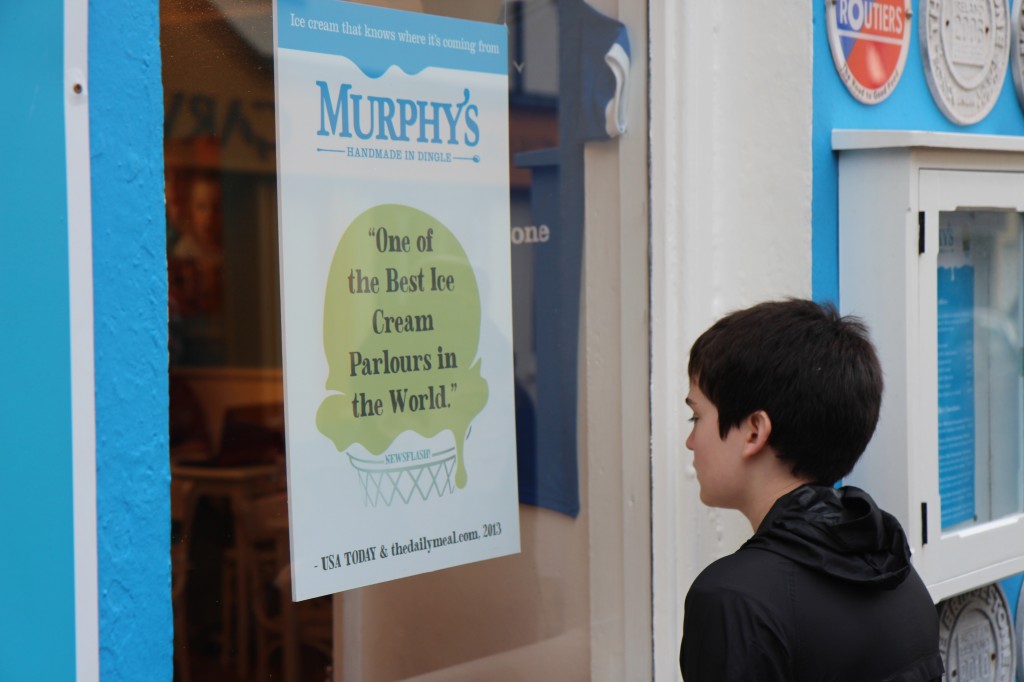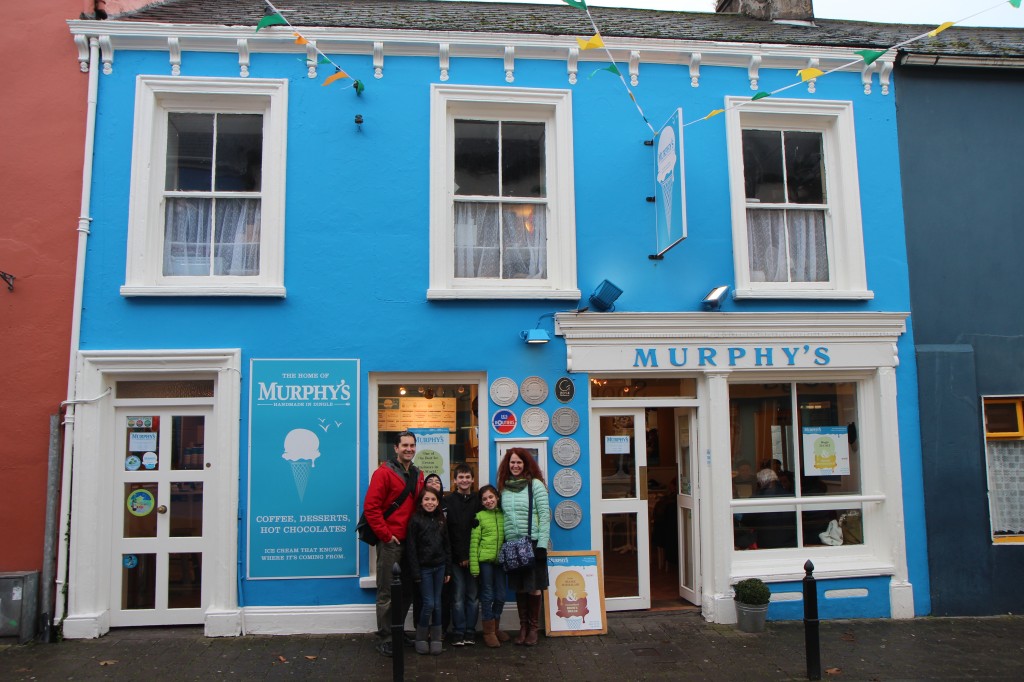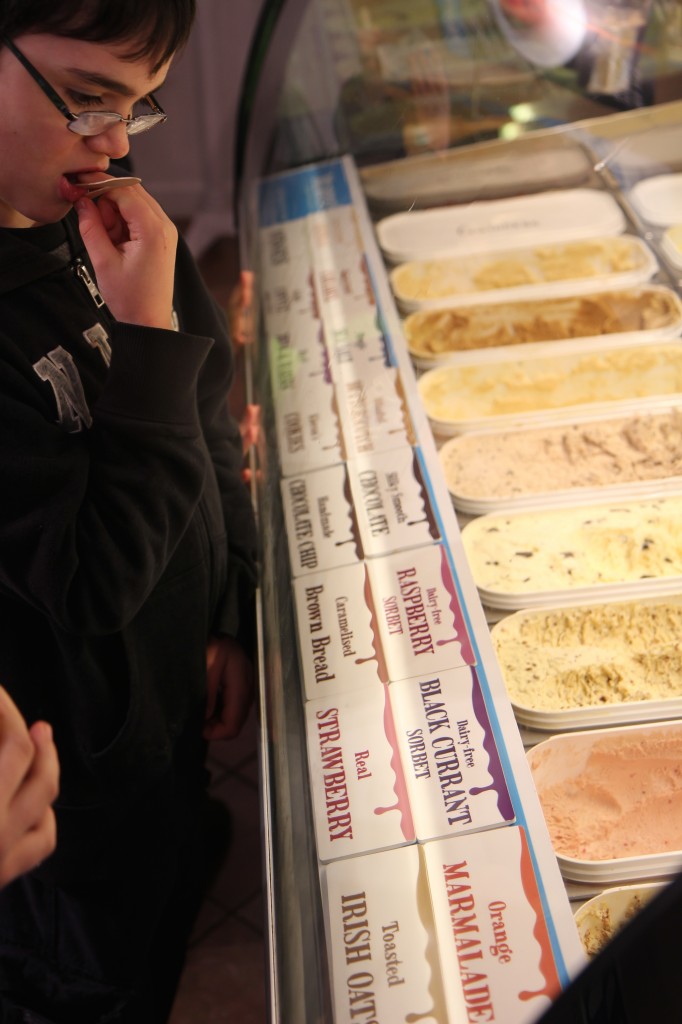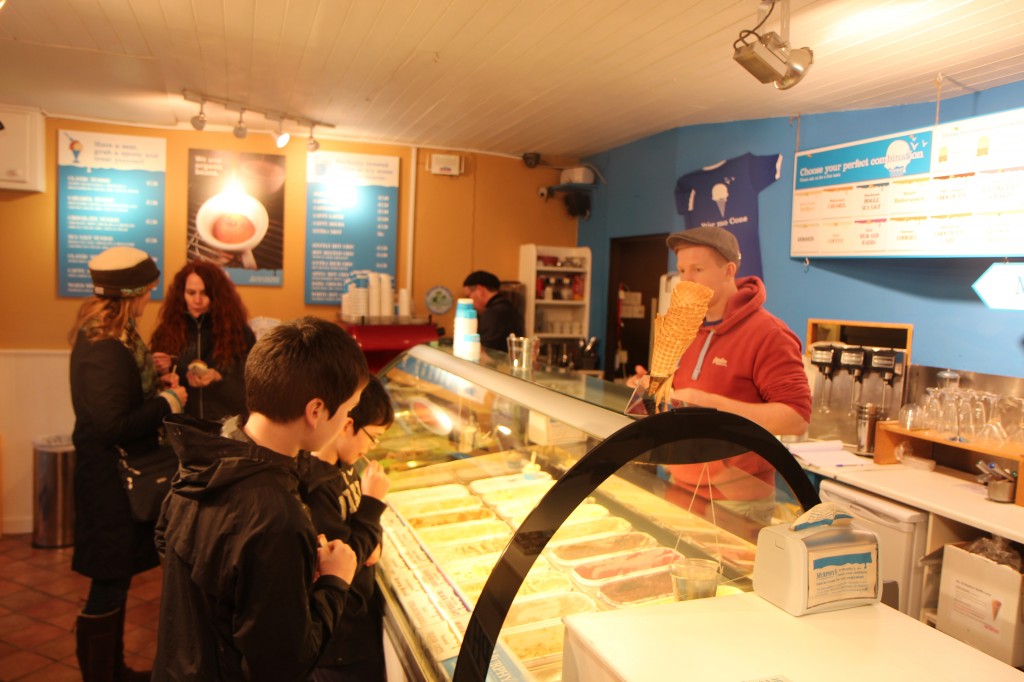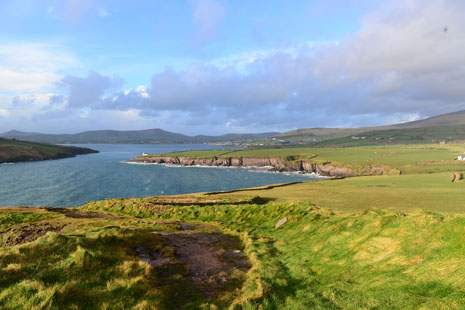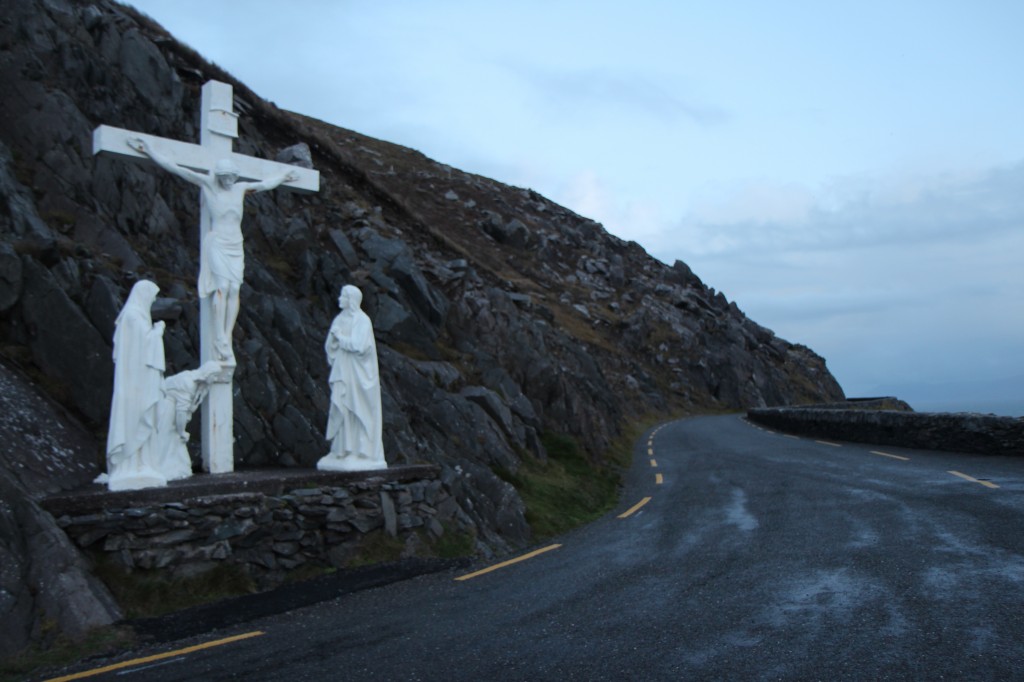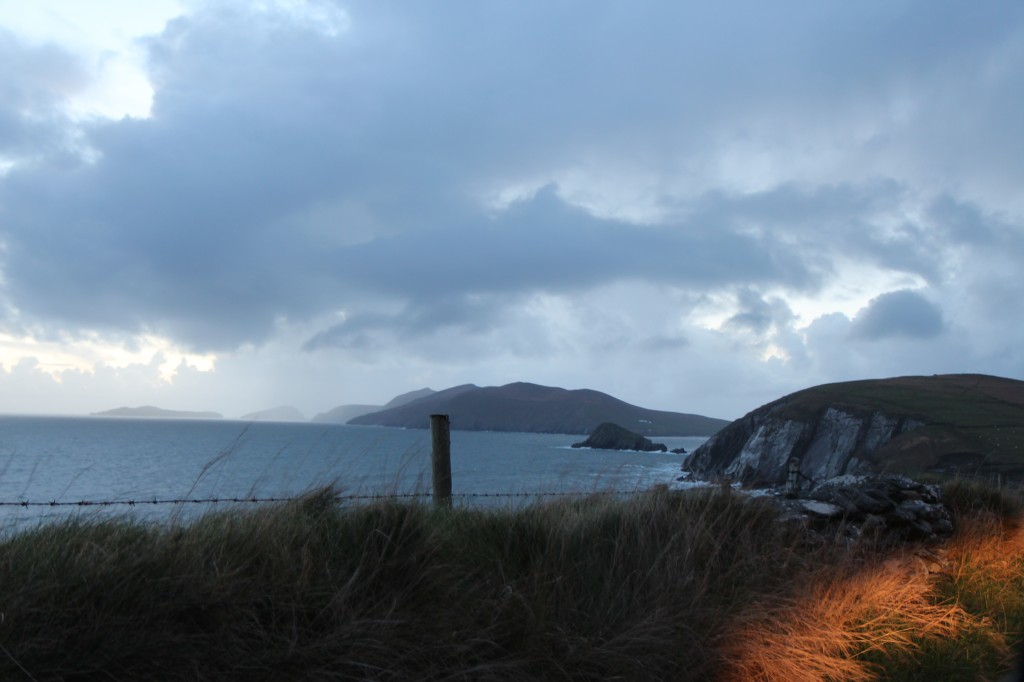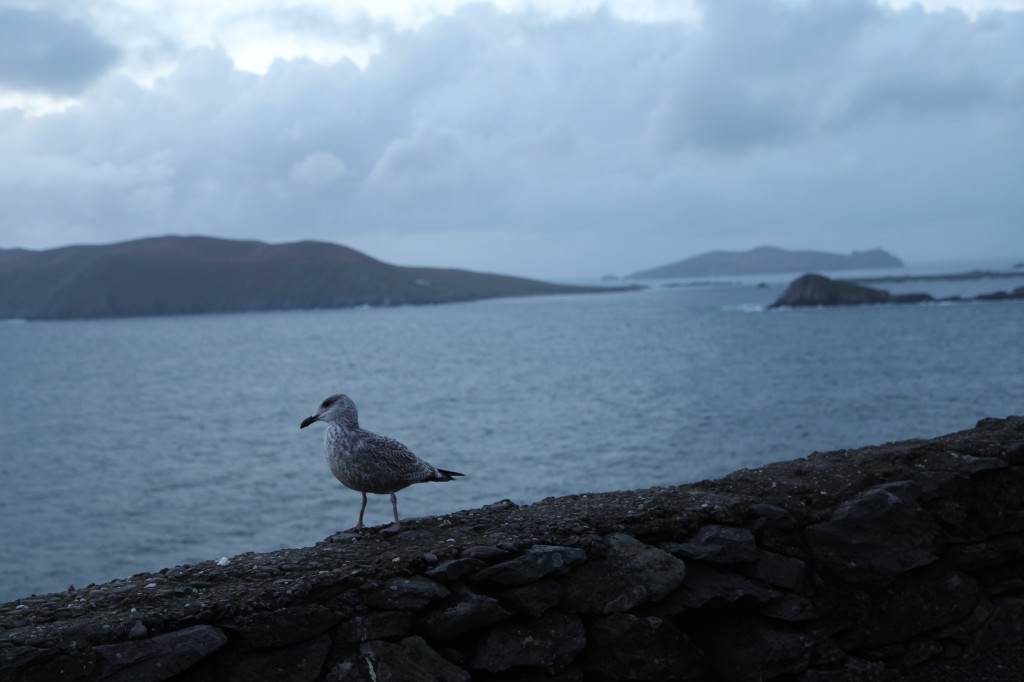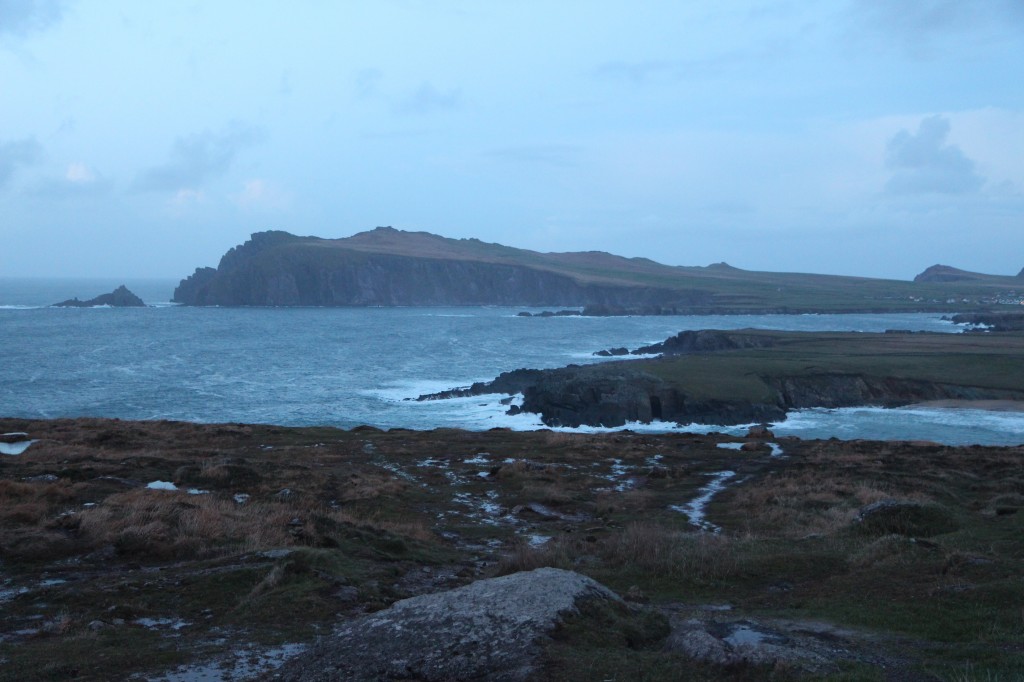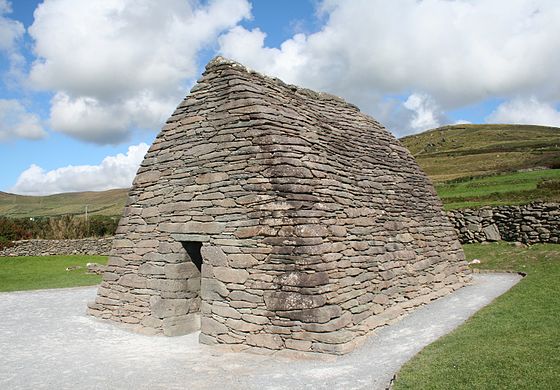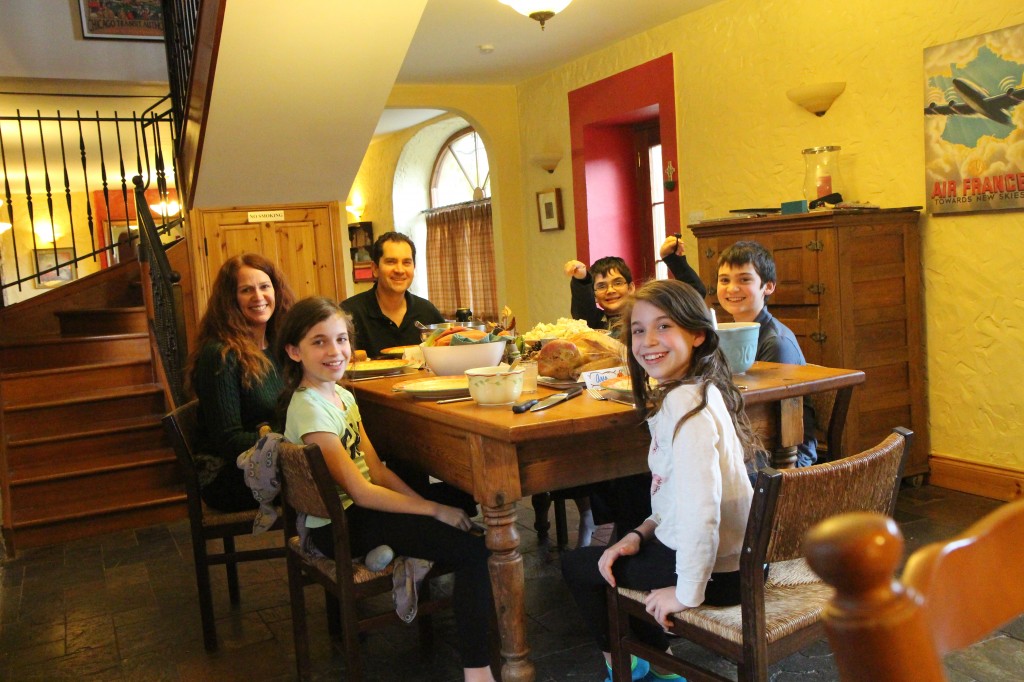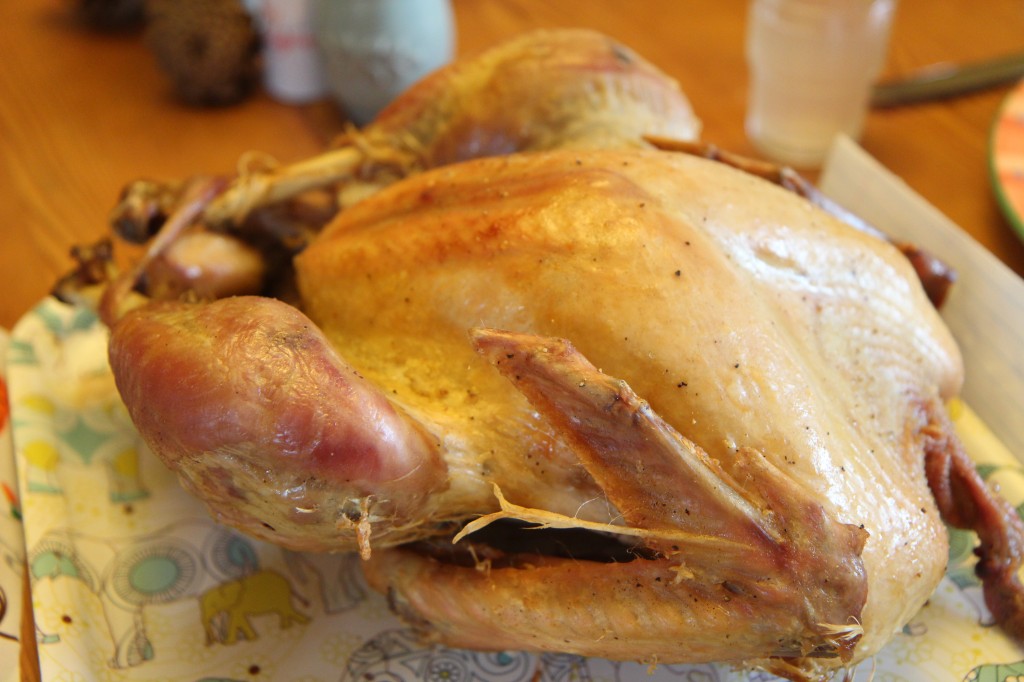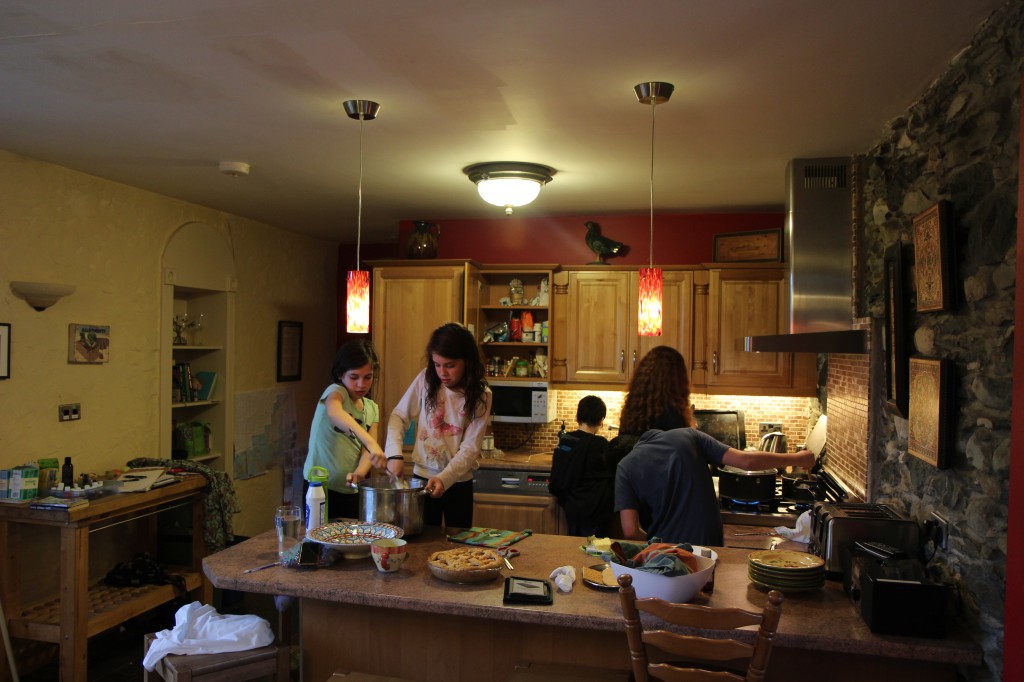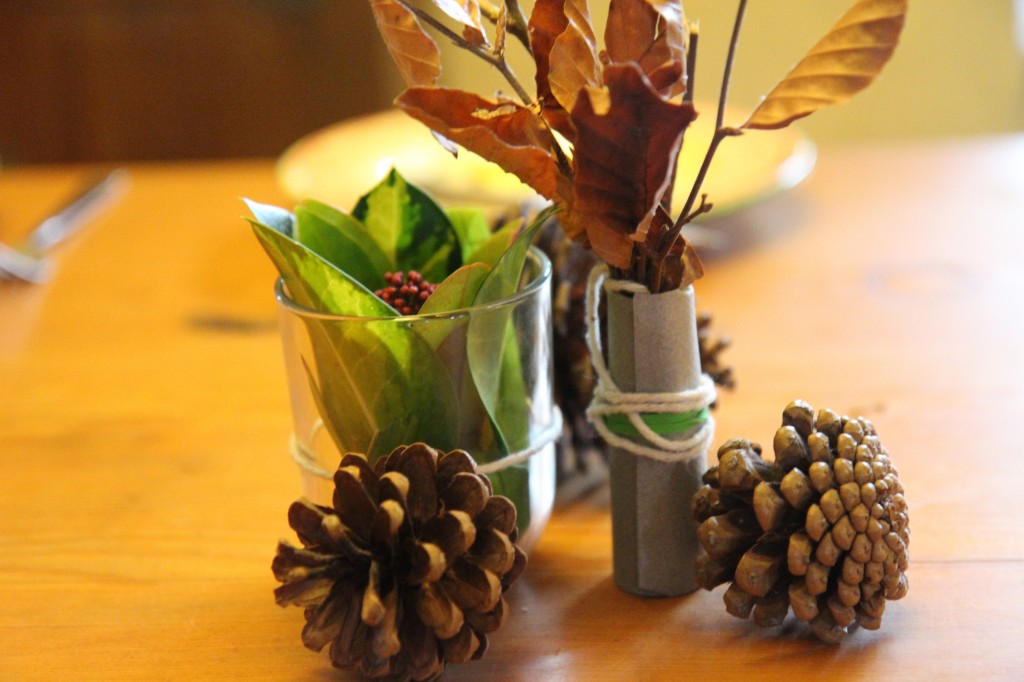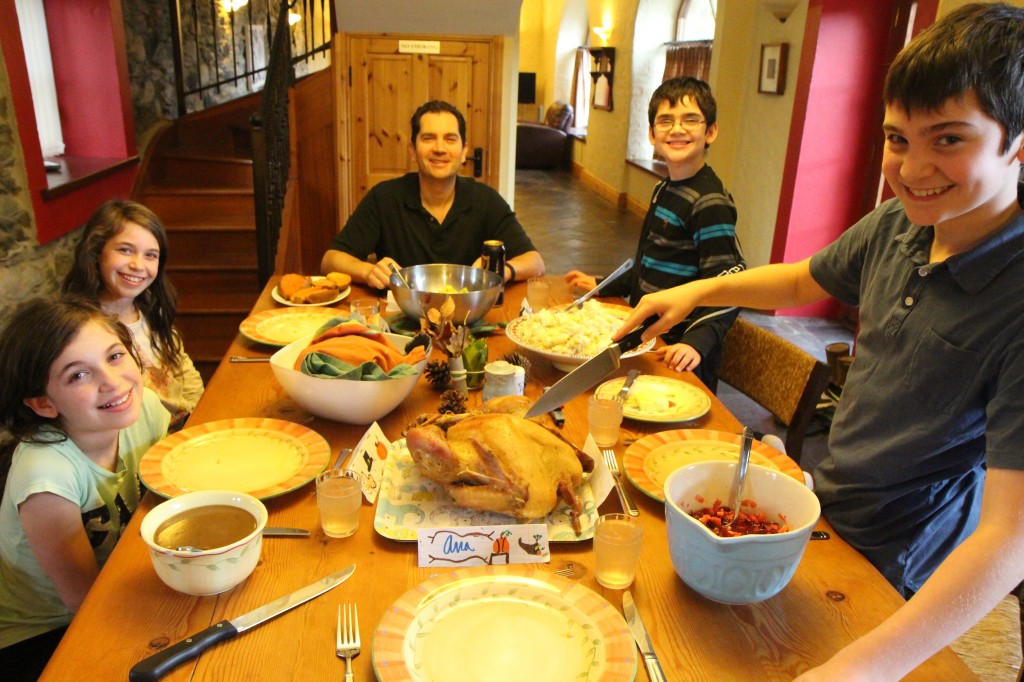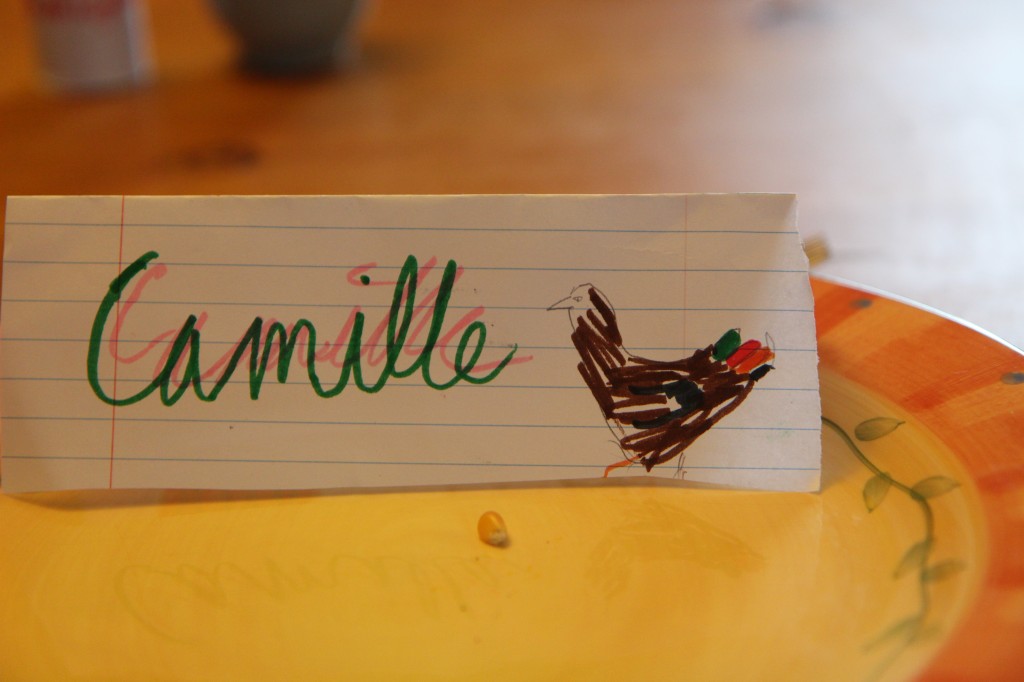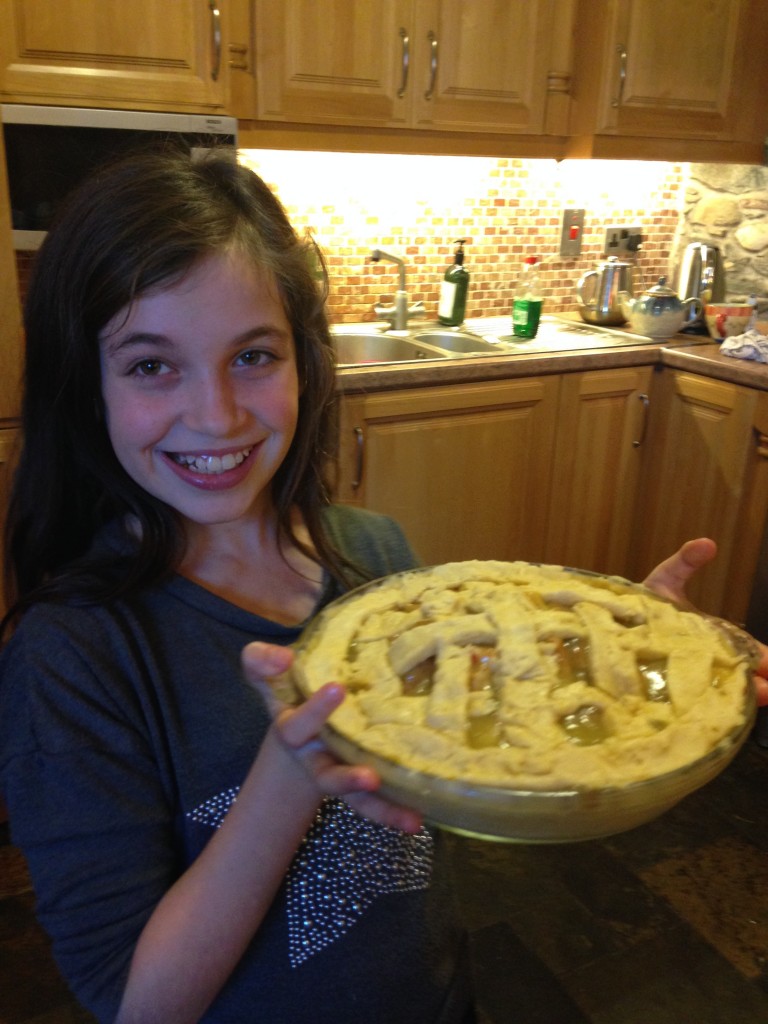After God blessed us with three babies at once, our household’s caffeine requirements shot up like a ’90’s dot com IPO.
From the first trip to the grocery store in Bavaria all the way to Scotland, we suffered through varying qualities of coffee. Unfortunately, we like our coffee with half and half. Oh! If only we liked our coffee black or none at all, our life would be simpler, albeit much poorer.
[a German half and half. We were a bit surprised at the baby bear on it and thought we might have grabbed baby formula?]
You heard about our search for half and half and how it was in the dry goods aisle. What you may not know is that a similar scenario has been replayed in country after country. A little google search unveiled that American half and half is milk with 12 percent fat. Whipping cream is 20 to 50 percent fat according to the information I found. So, for a while, I would search the ingredient proportions and discover the milk with the closest milk/fat ratio to half and half. (attempting to read in a different language, of course)
The type of coffee making capability our rented apartments will furnish is also a mystery until we arrive. Sometimes, it’s a French press, sometimes (rarely) drip coffee, sometimes a Moka espresso pot,
sometimes they expect instant coffee with us using an electric tea kettle. In Scotland, we had our first full up espresso machine.
I know, it’s complicated.
IF you buy your coffee at a cafe, IF you know what to order, the resulting brew will probably be famously yummy. Didn’t these drinks originate in Europe, after all? Usually a cappuccino is a safe bet. Those are fairly standardized, it seems, so you get what you expect to get. In Germany, the “American” version of unsweetened latte is a macchiato for some reason. But, who has the time or money to go to a cafe for all their coffee? In the US, I would order black coffee and add half and half to keep the expense lower. Here, without half and half, that’s not a doable plan.
We find an instant love for the countries with the cheaper cappuccinos. Paris and London were the most expensive, often about $4 or so. In England, Grigg’s (fast food type place) was often a go-to p;ace across the city.
[grabbing a Starbucks outside of St Paul’s cathedral in London]
[the all-important coffee break while getting our learning on at the British Museum]
In Budapest, the coffee shops are a bit more rare and maybe that’s why even the neighborhood bakery had a coffee vending machine. Part of the reason is that the Communist government closed them down decades ago to prevent revolution fomenting among the back booths. I read that in a guidebook somewhere, so it must be true. The cafes are definitely making a comeback there.
We found great, cheap coffee out of those automatic machines in Budapest. All across Europe, McDonald’s have a McCafe inside with lots of coffee options and pastries.
Poland held its own in the affordable cappuccino category. In Italy, you pay more to sit down at a table. So, everyone stands up at the counter in the morning, drinks their coffee and eats their little pastry. In Salzburg and Vienna, coffee is a kind of artistry and they take their cafes very seriously.
[a Vienna mobile espresso cart to get your caffeine fix while on the go]
Coffee even comes with a sidecar of water here and in Bratislava too.
In Ireland, your kids grab the green food coloring and make you a leprechaun coffee when you’re not looking.
Coffee machines are often an option. These machines are something that we would steer widely clear of in the USA. Here, they are more prolific and occasionally to be enjoyed. The coffee they produce is more likely to be sweetened and may have more local names. That means we will not understand what we are ordering. It’s a little coffee roulette.
Once we arrived in the UK, our hopes for half and half further deteriorated. Here, evidently their cream needs vary dramatically from the continent or the US. My first attempt at half and half resulted in a solid product when I opened it at home. Yuck. For a while we used a rich, rich milk that seemed to turn sour rather quickly. I think it was pasteurized. That worked in London, sort of. By the time we got to Scotland, that rich milk wasn’t an option (I didn’t see any equivalent in the stores). Even though we speak the same language, we struggled. They have a single cream and a double cream. These have a relatively high fat content. One cup is good, two cups make you never want cream again (but not quite want black coffee). Finally, a new friend from church in Scotland, an American transplant, confirmed that half and half just isn’t a product they use here.
How then shall we live?
Inspired by coffee at our friends’ the Wingfields and the Bulises, we realized that frothed whole milk (or even other fat percentages), produced a satisfying cup of morning joe. Of course we can’t travel with a huge frother.
But, this little piece of kitchen equipment is small and portable and gets the job done. Yes, yes, Grandma Shirley bought us one of these years ago. And, yes, yes, packing it from New Jersey did not even cross my mind. How was I to know?
We could give up coffee all together. But I don’t think we need to take that drastic of a measure yet. One added benefit of the frother is that the kids LOVE it! They compete to make our coffee. Inadvertently, we created four little coffee slaves who never tire of frothing our milk for us (or themselves). They even froth their own milk, for kicks. We still enjoy waking up to the smell of coffee and now I think we have a coffee way forward, at last.
Breathe easy, friends.
